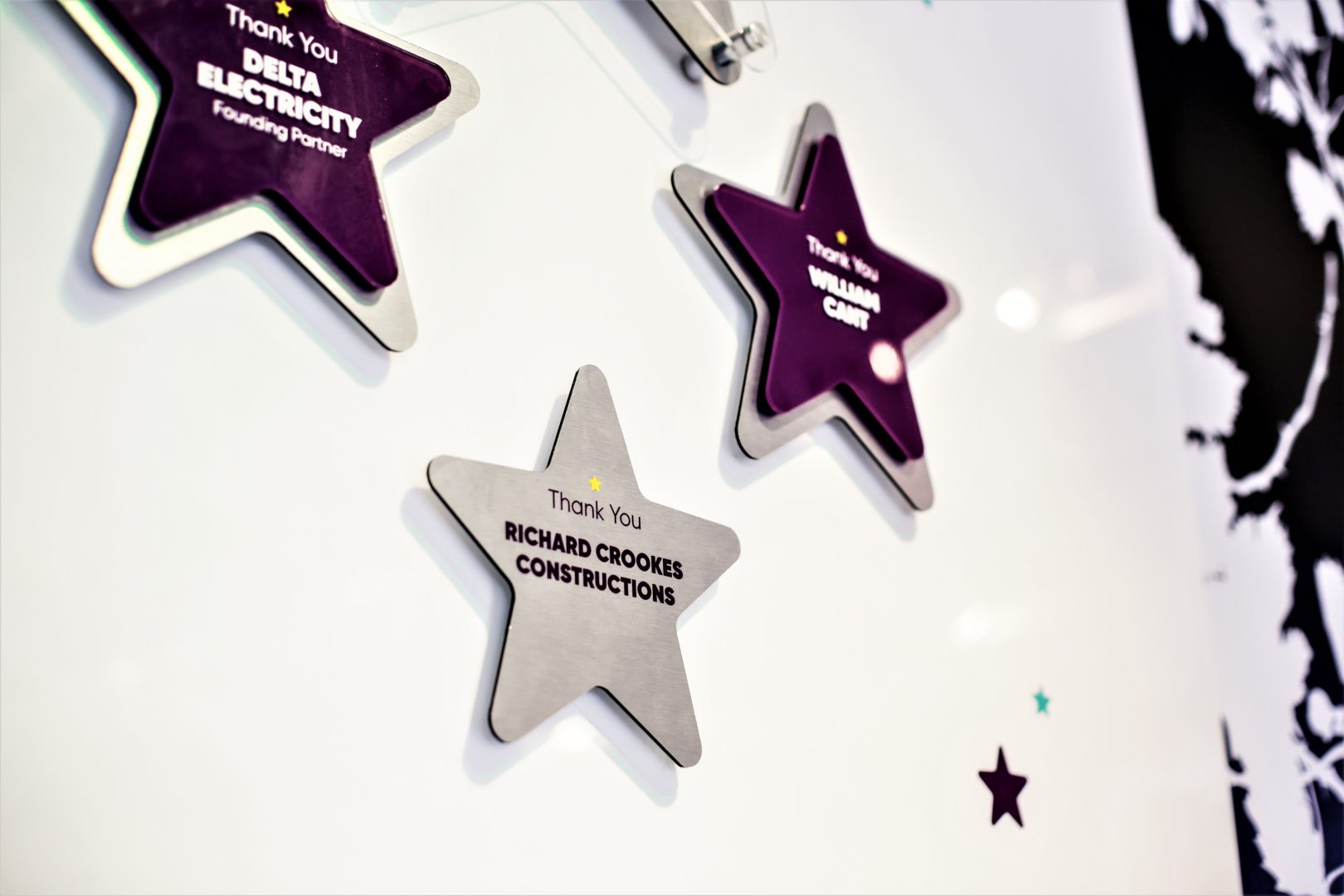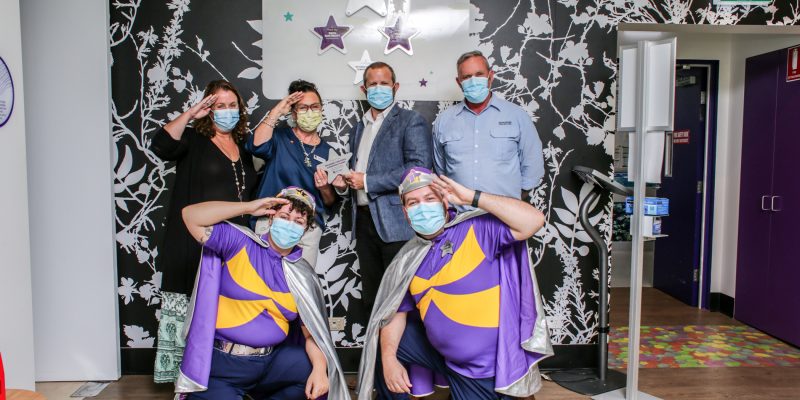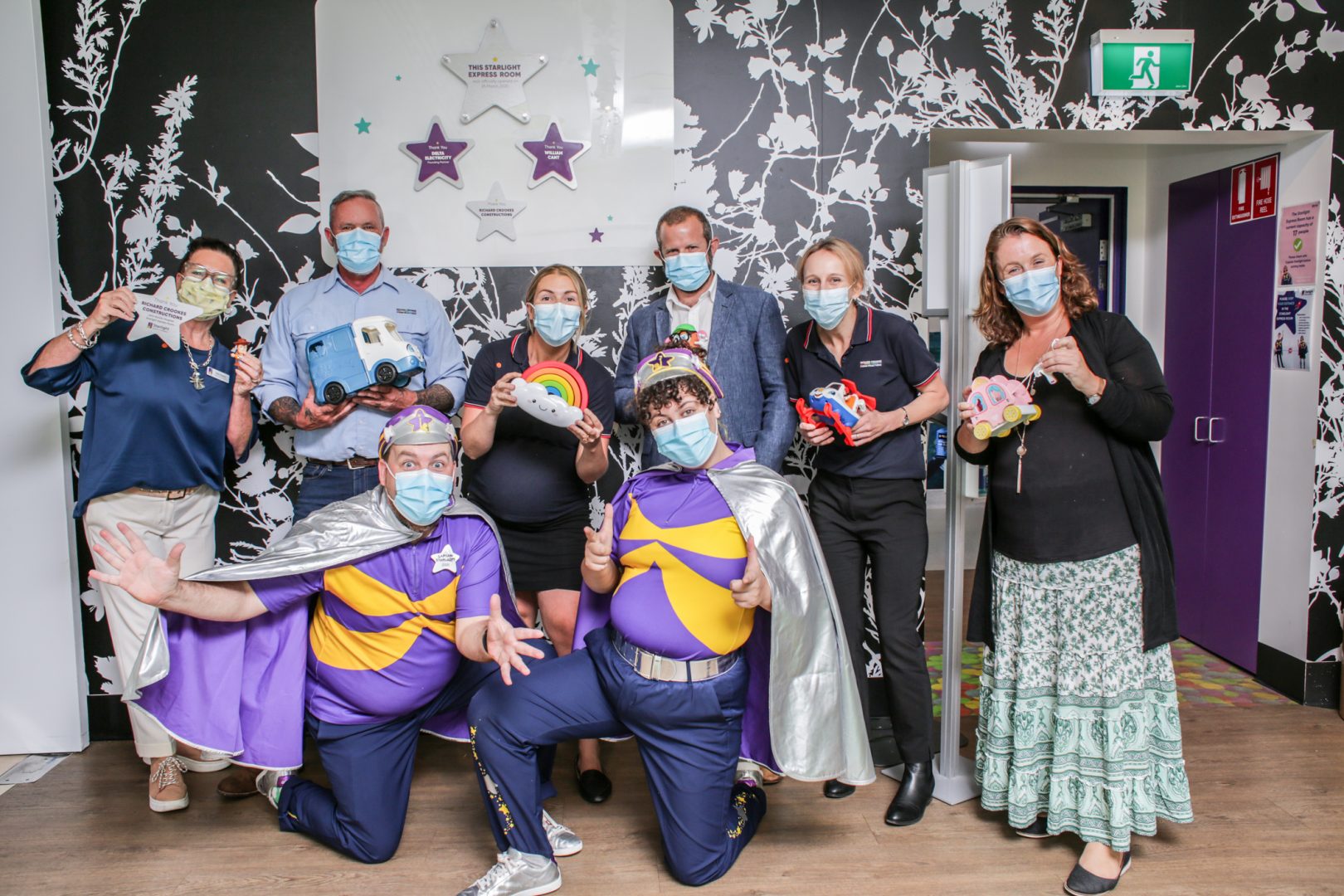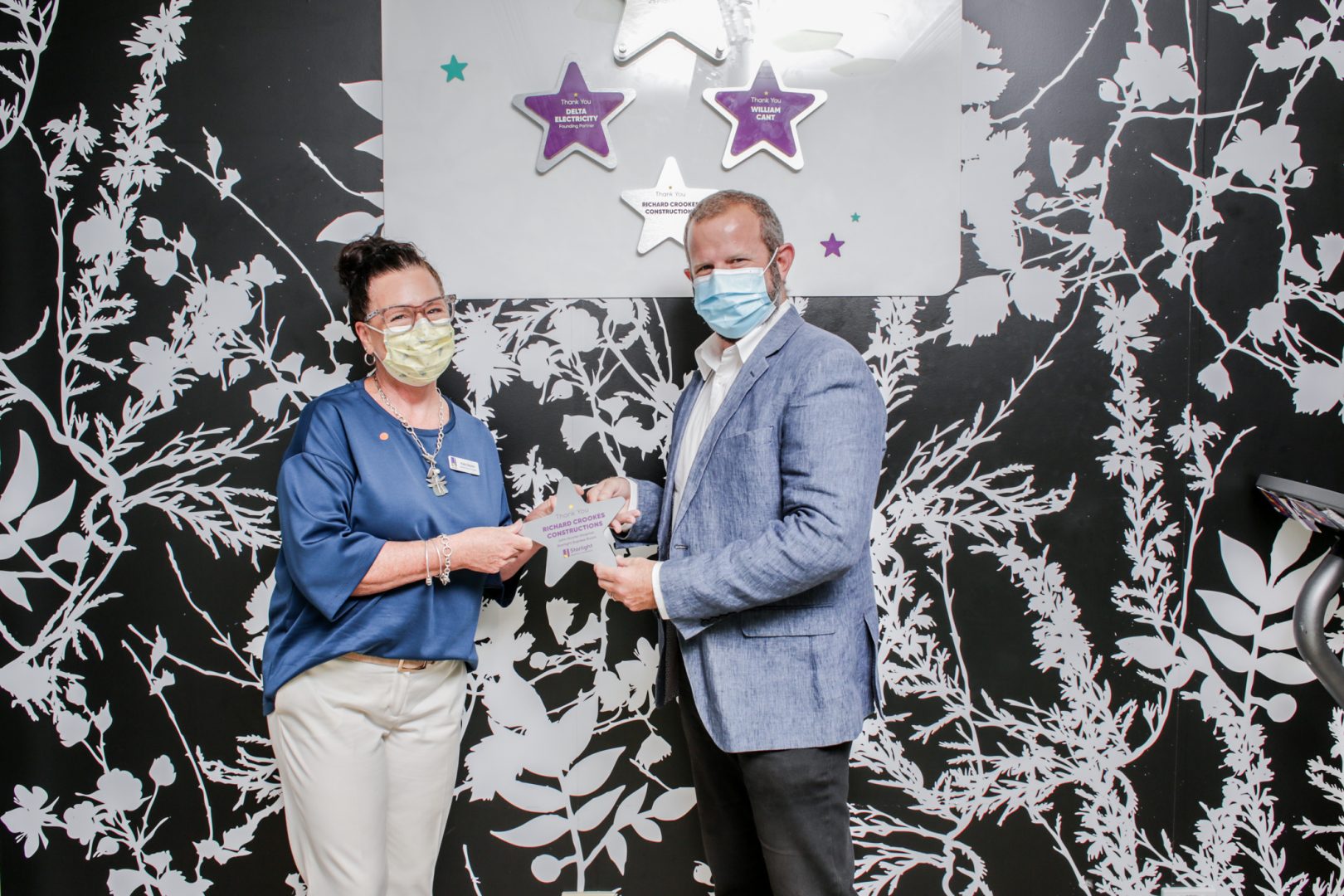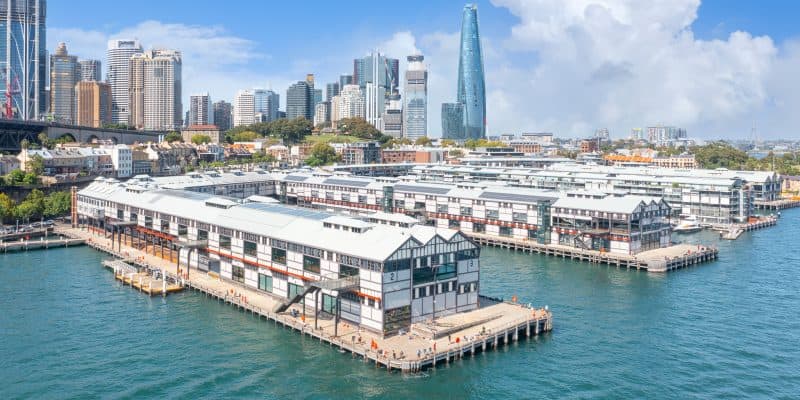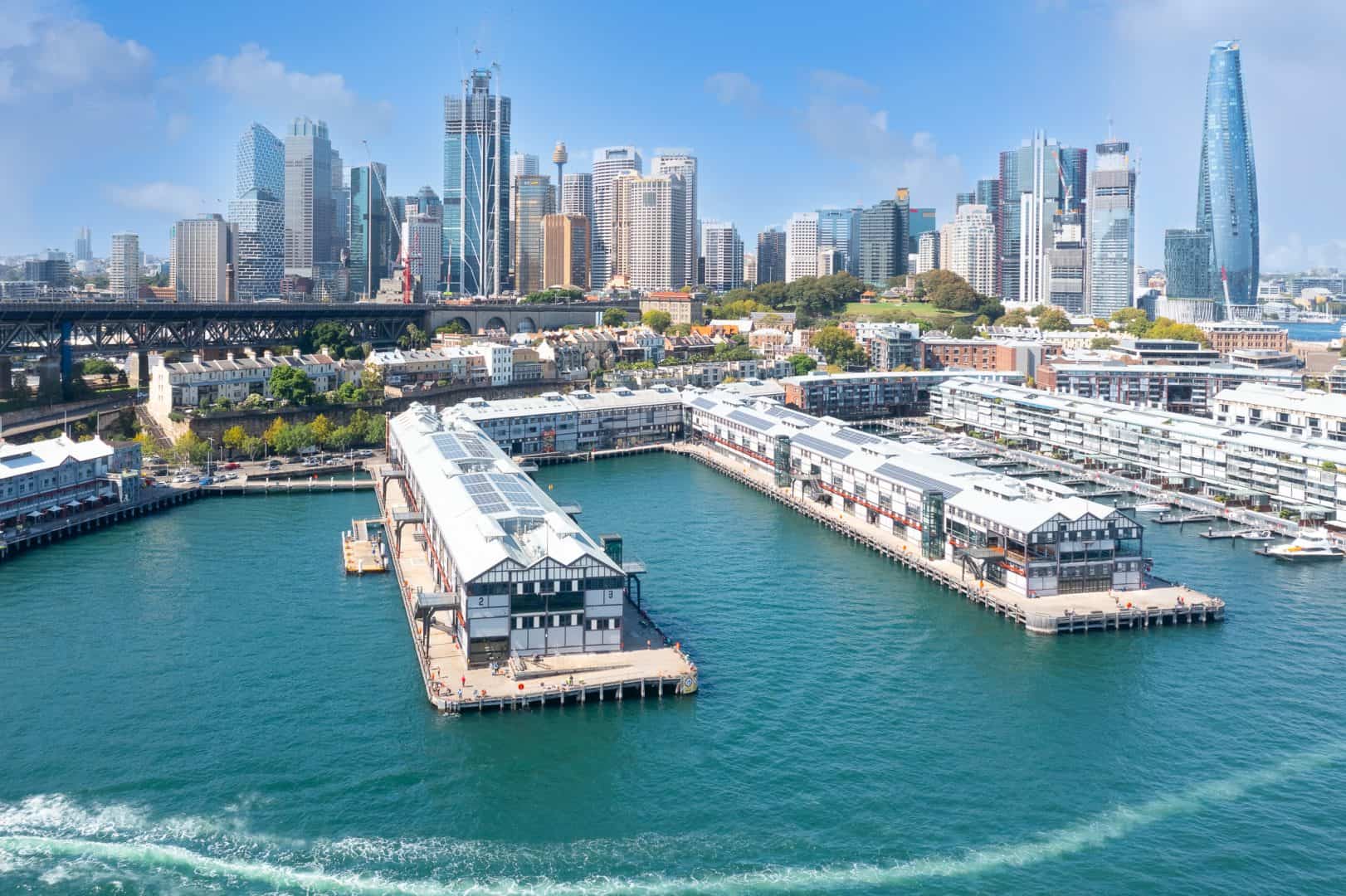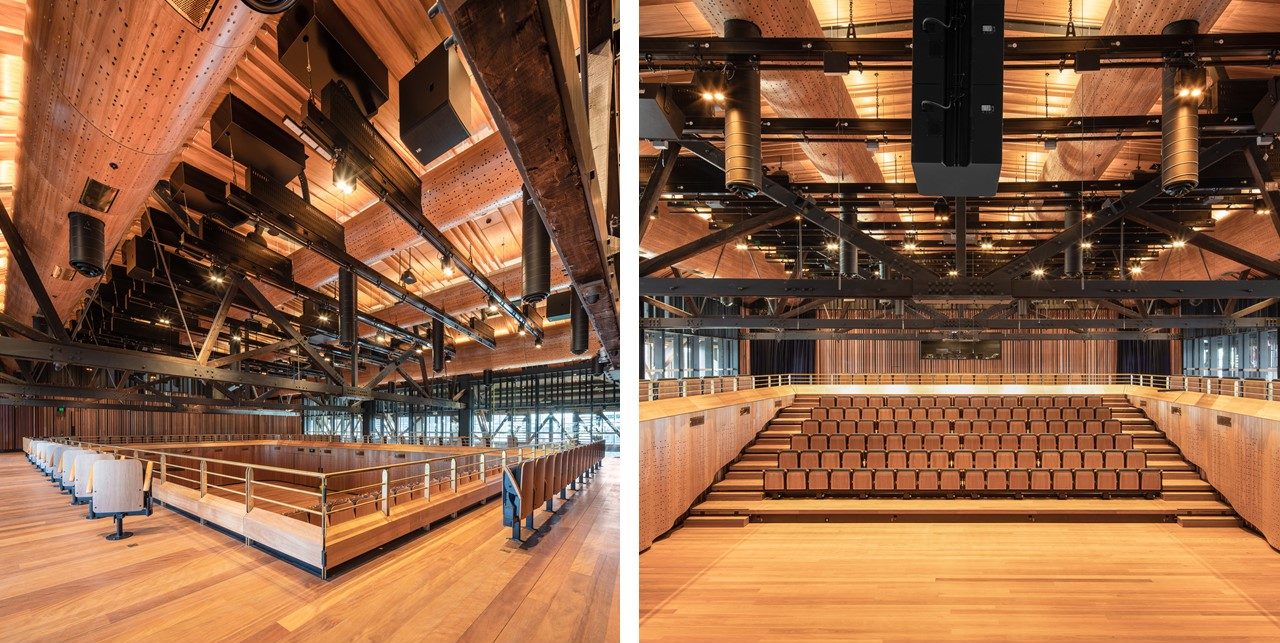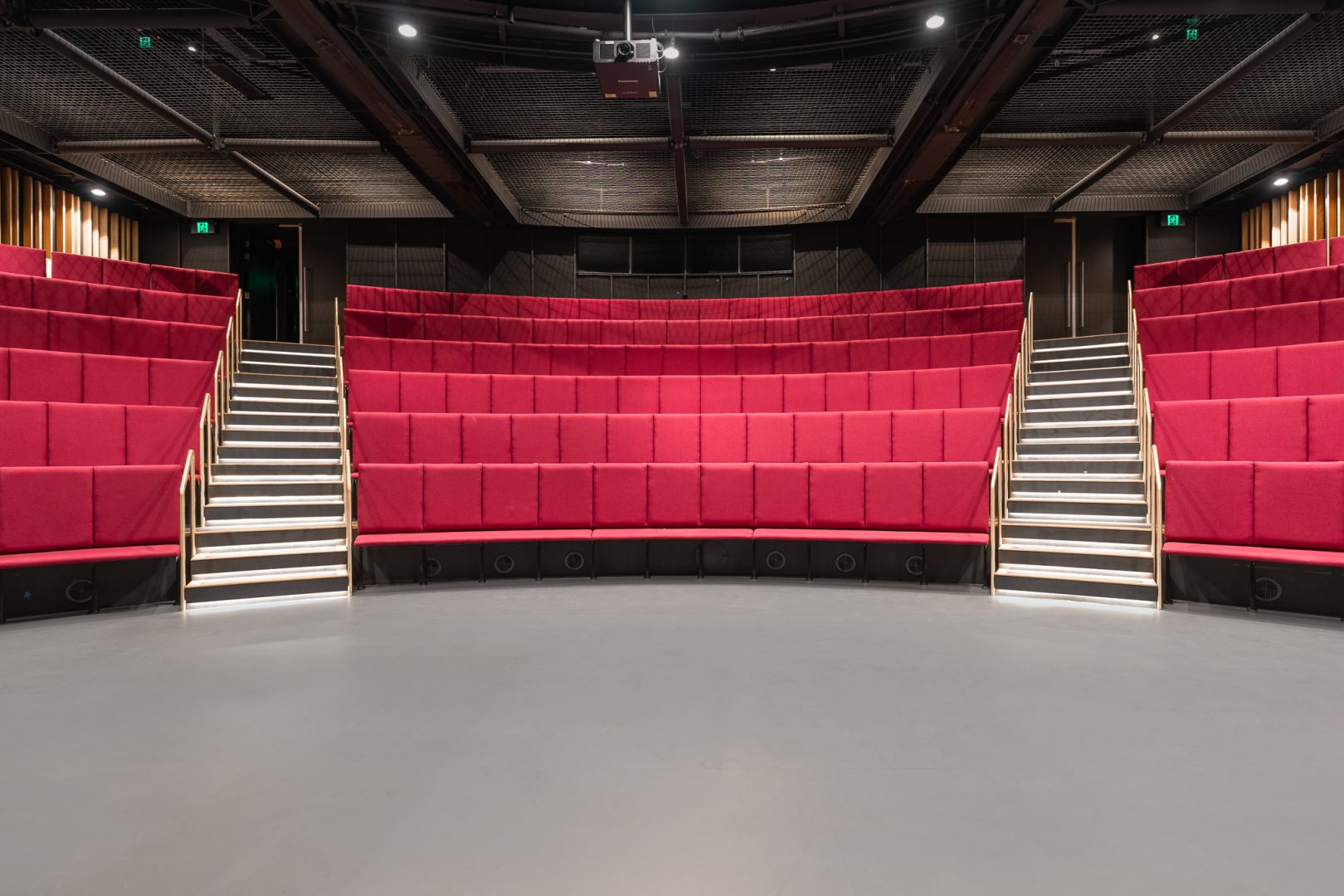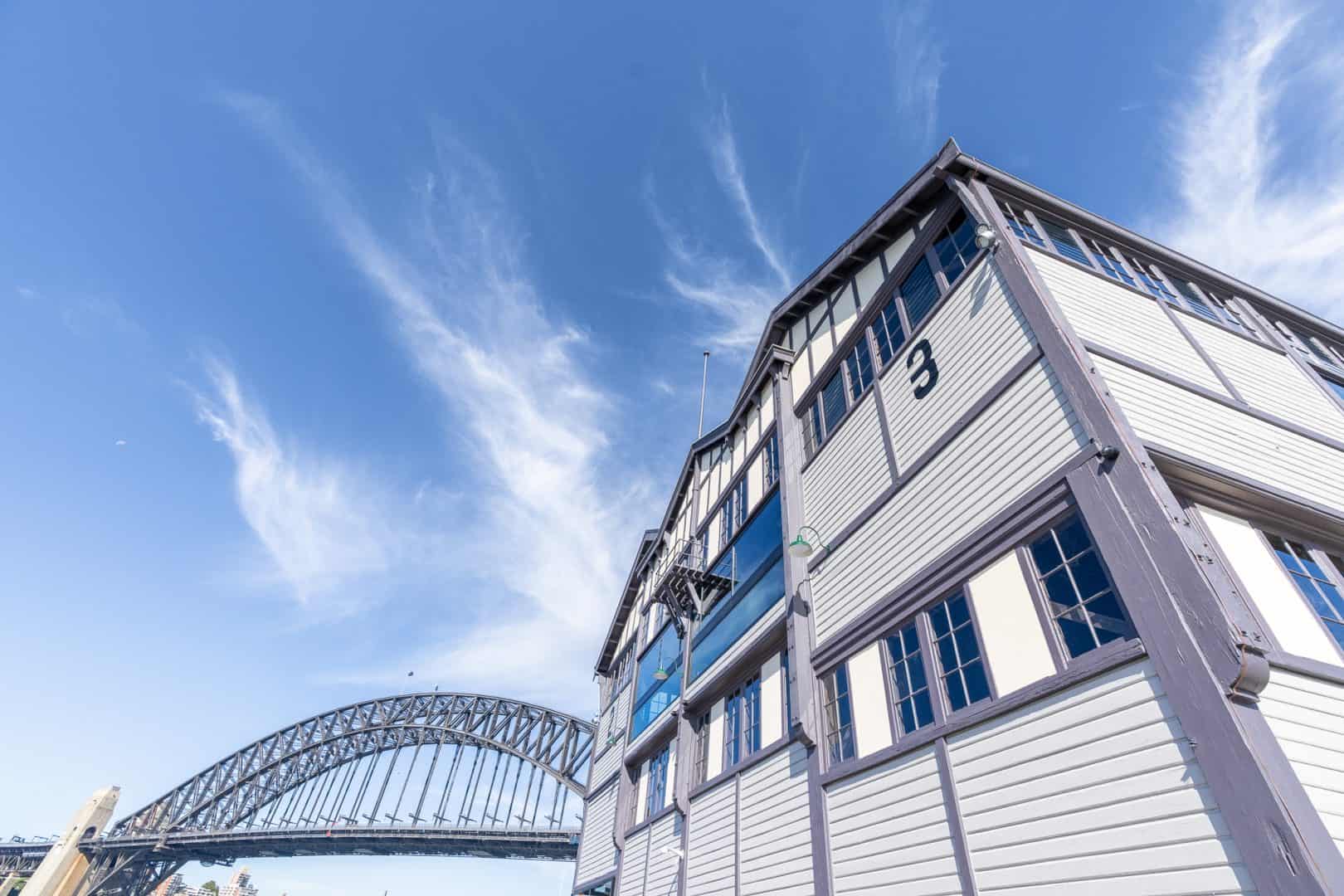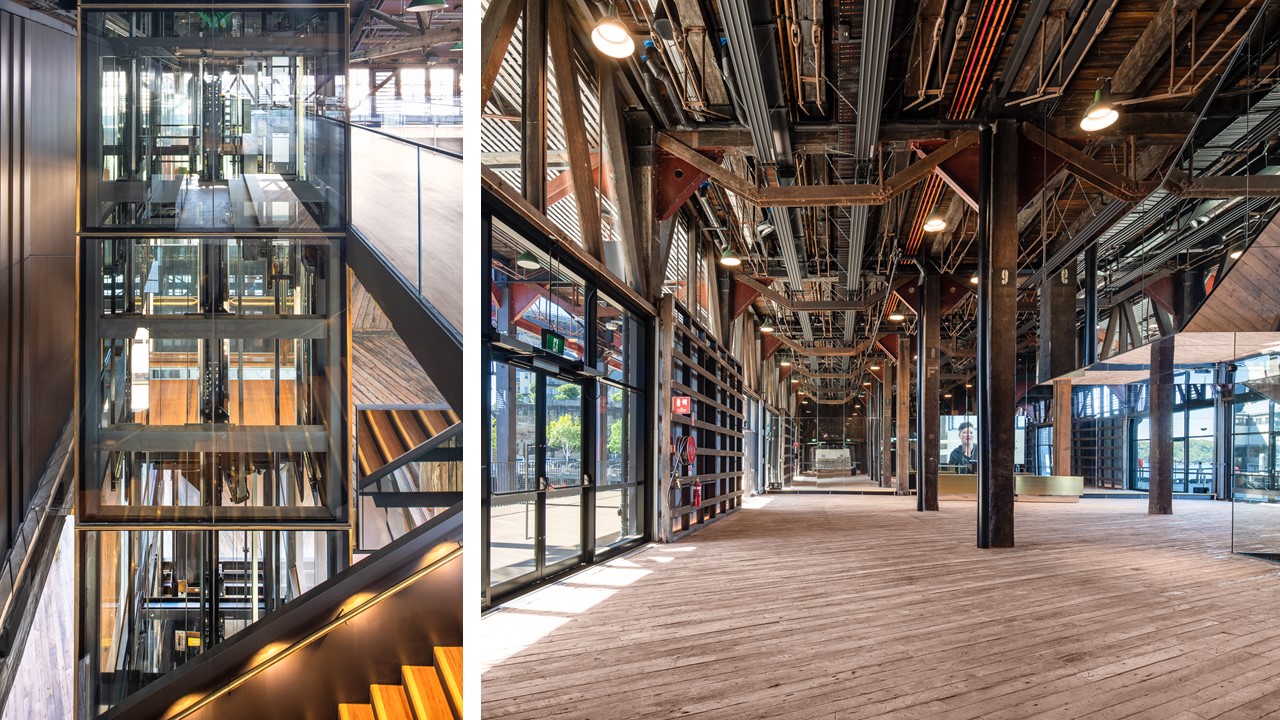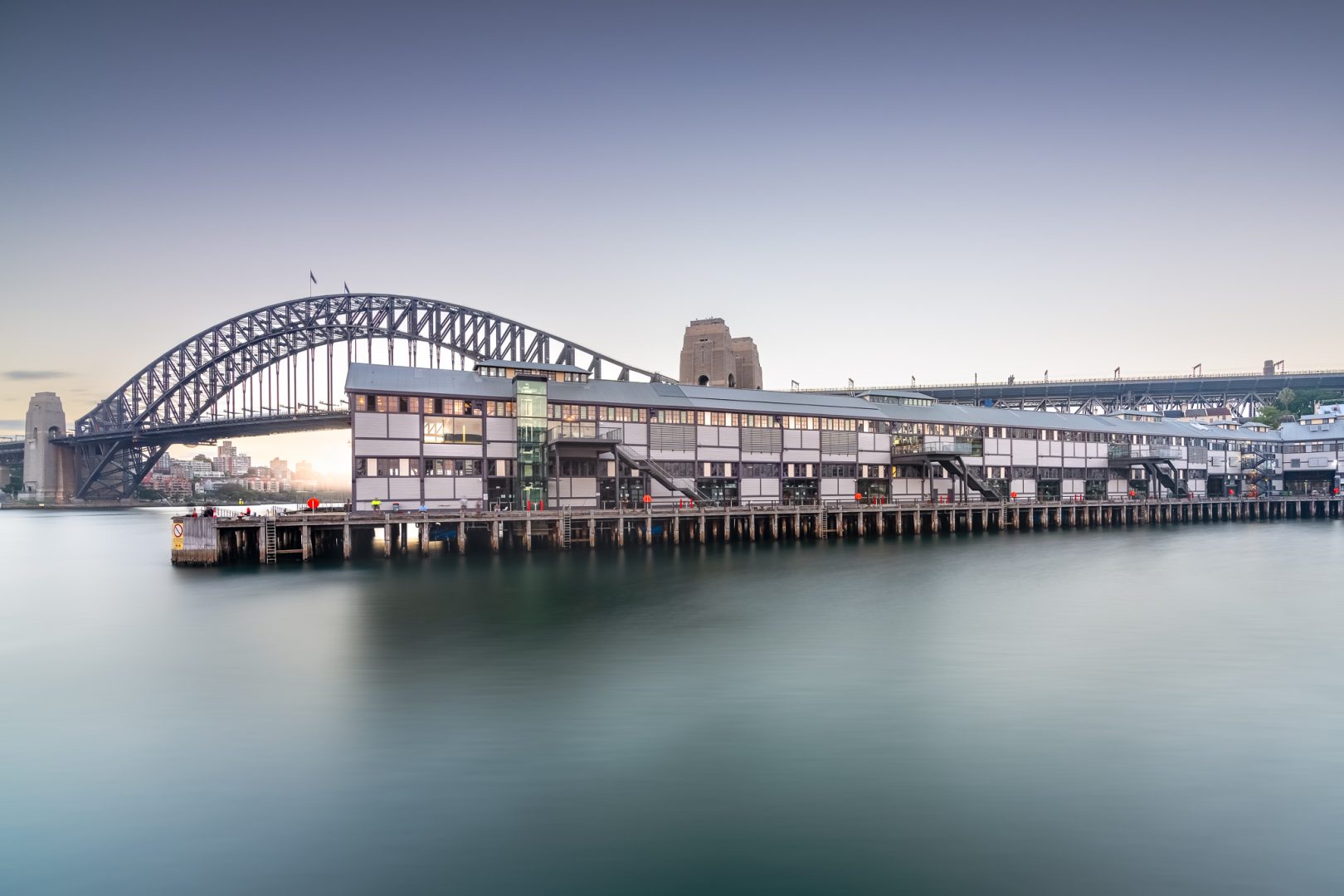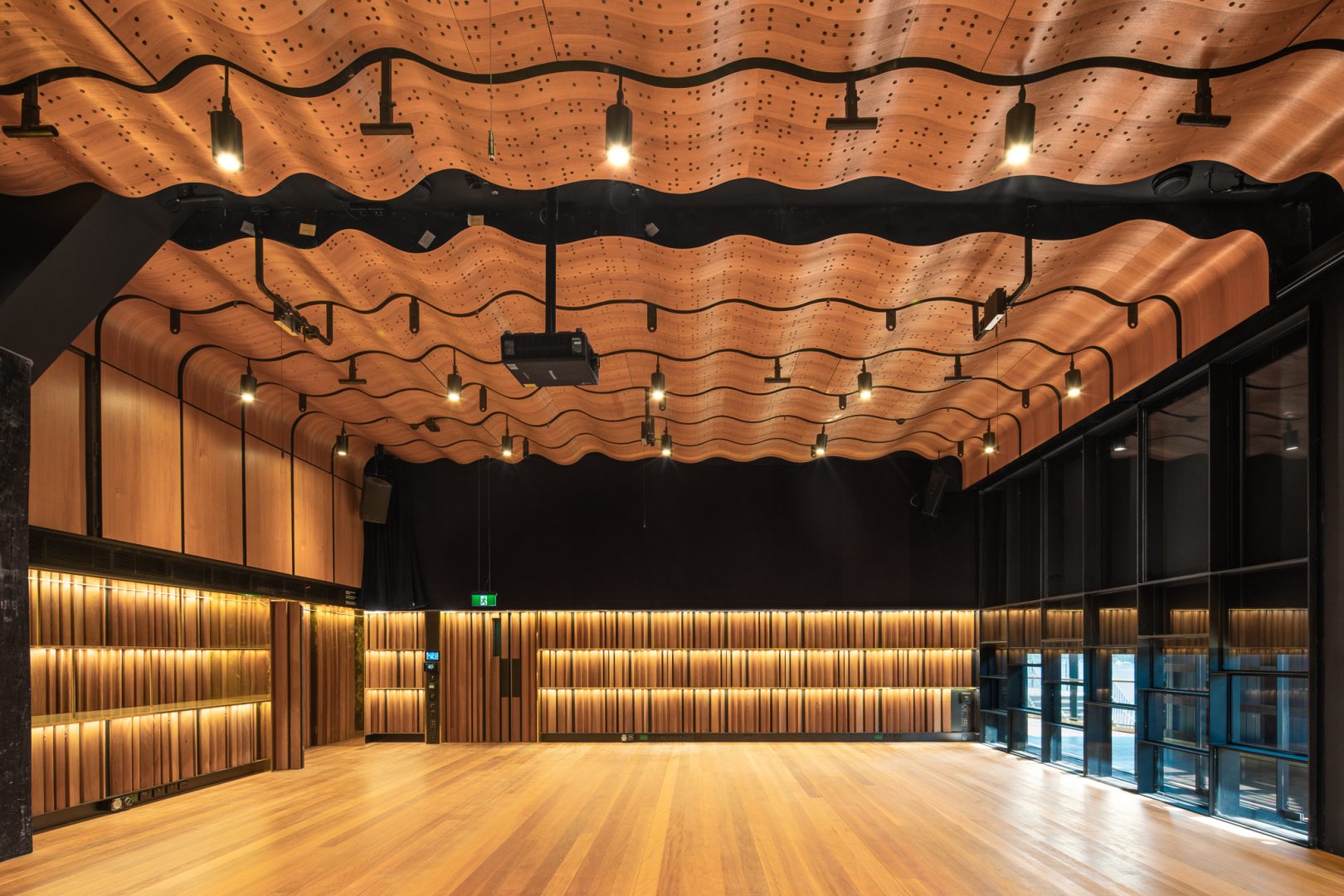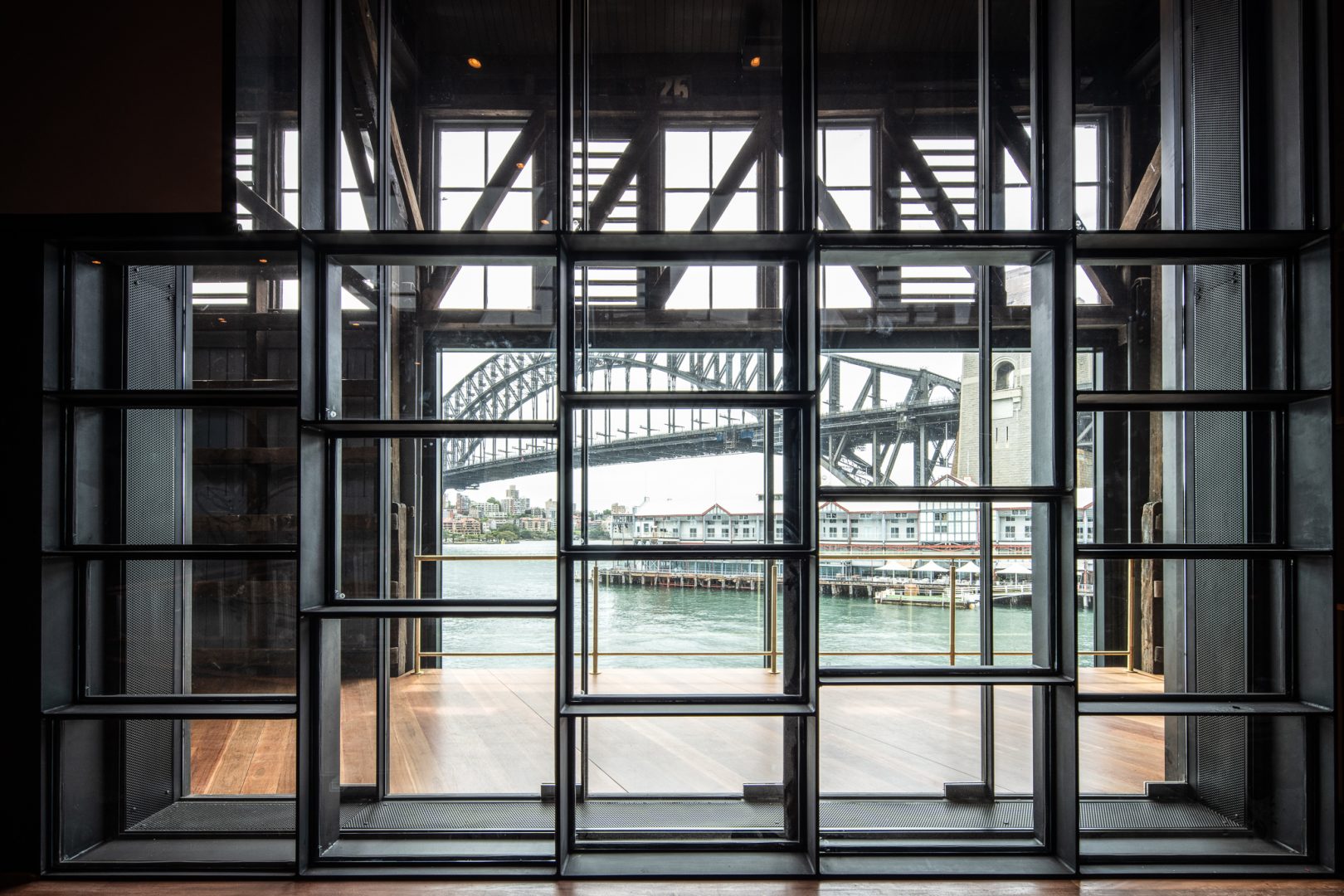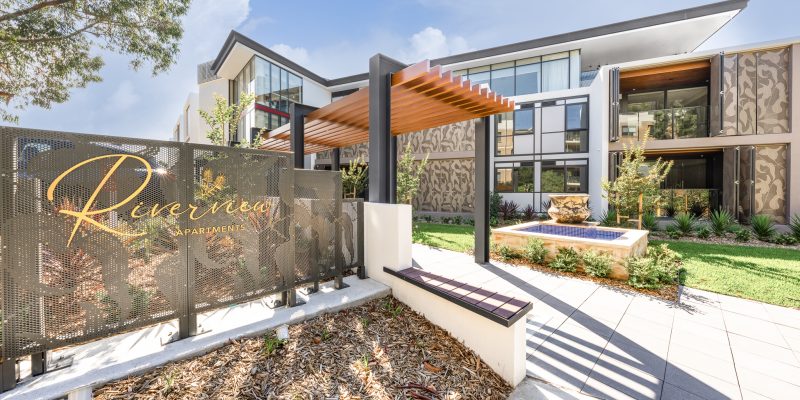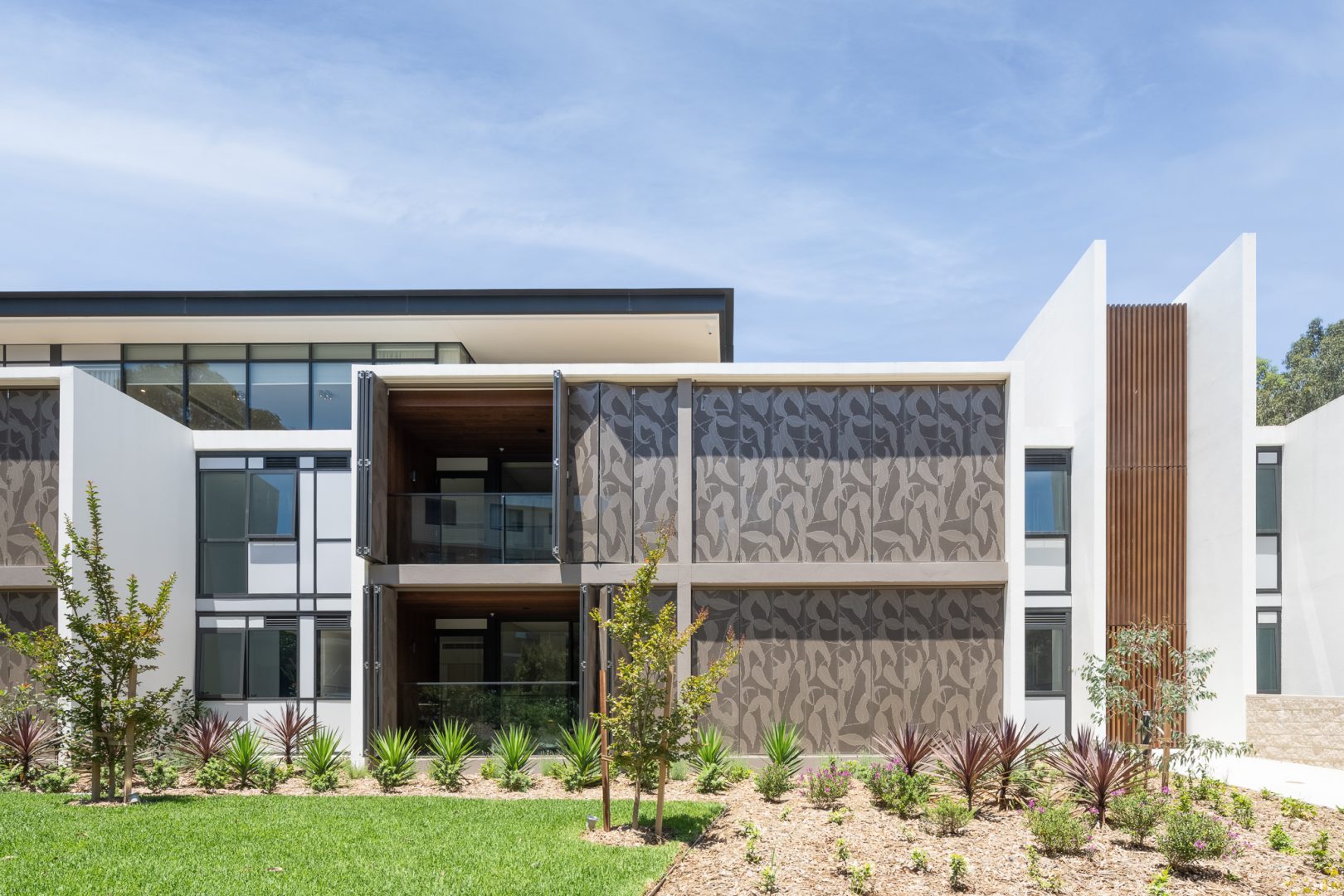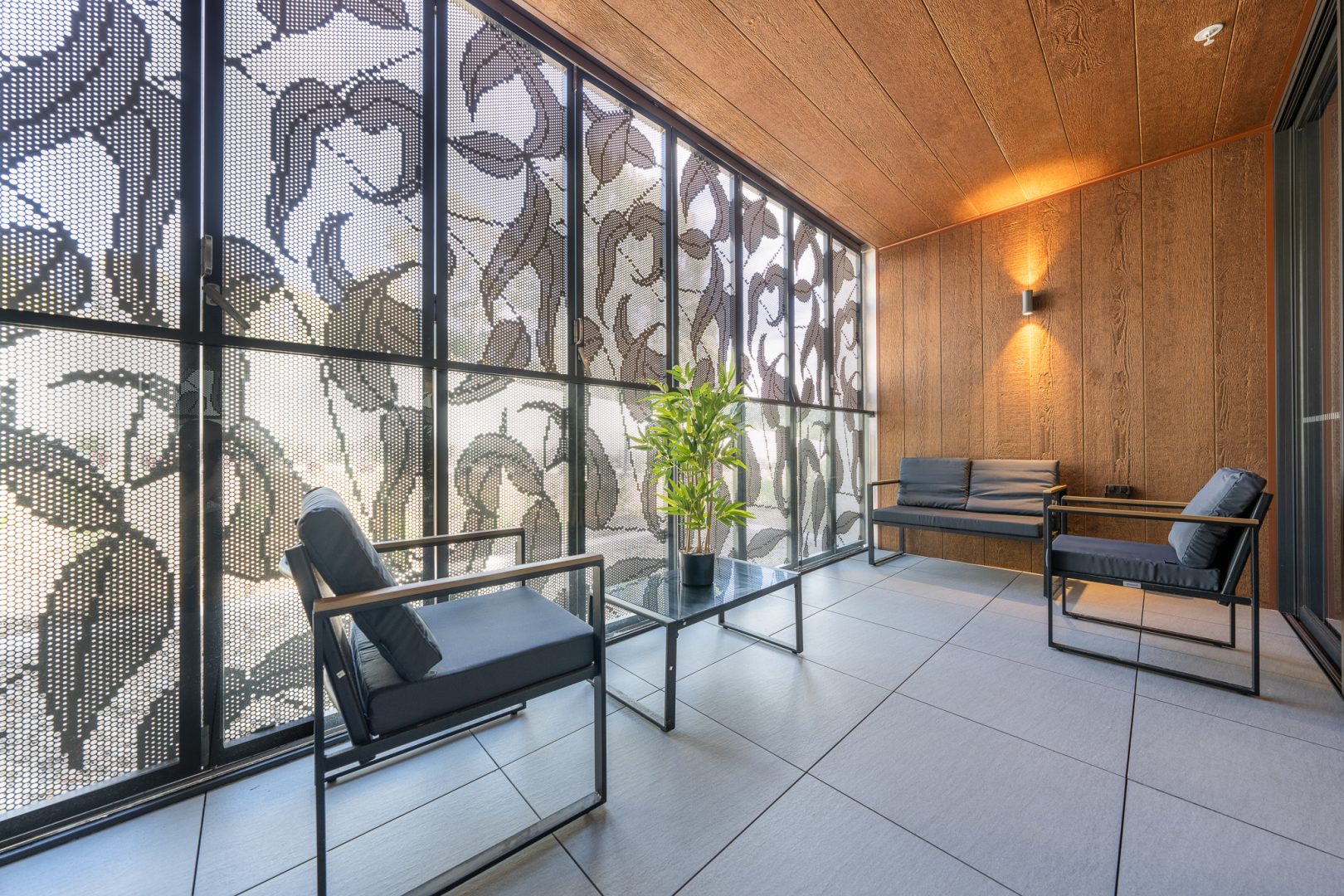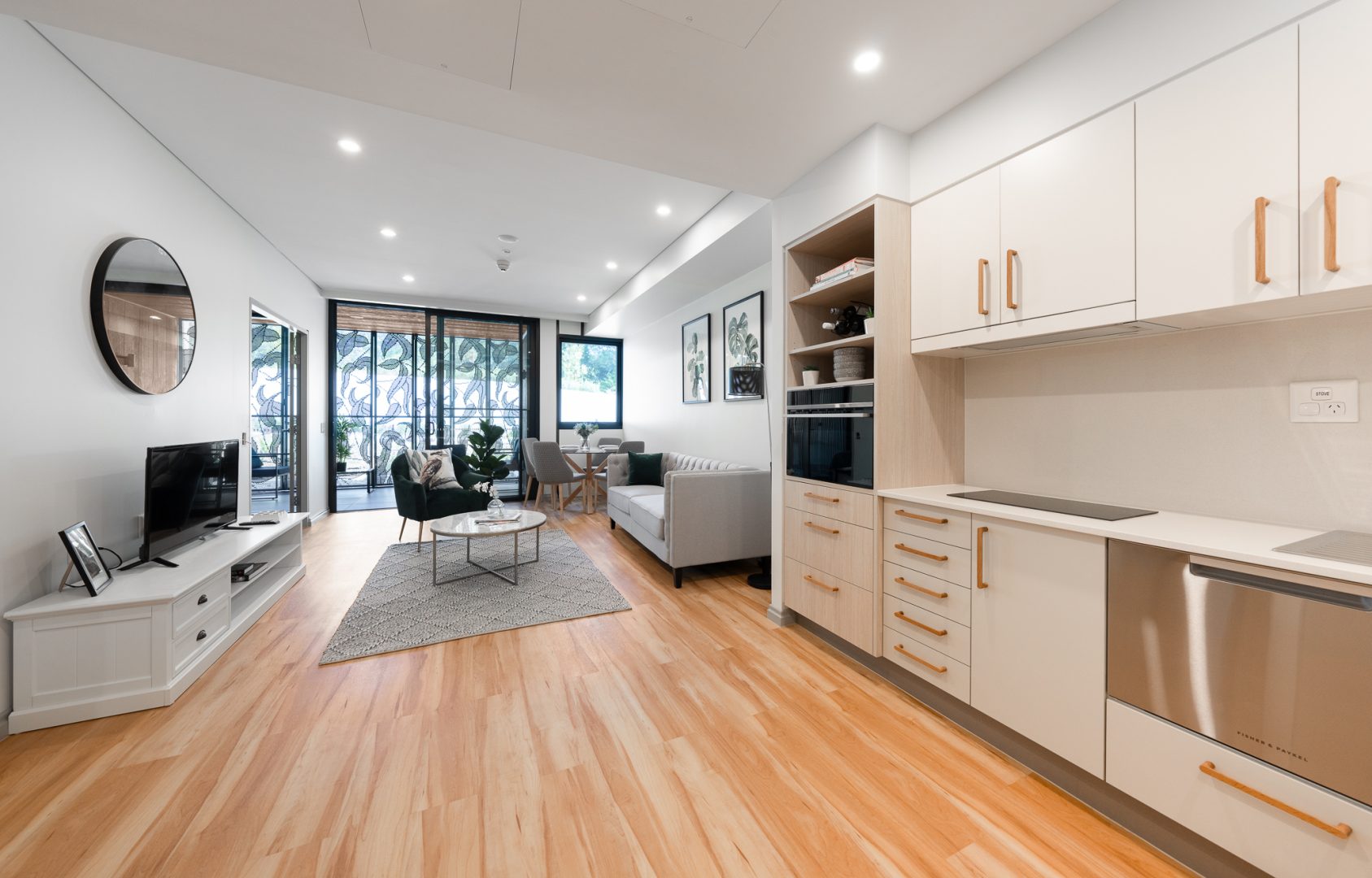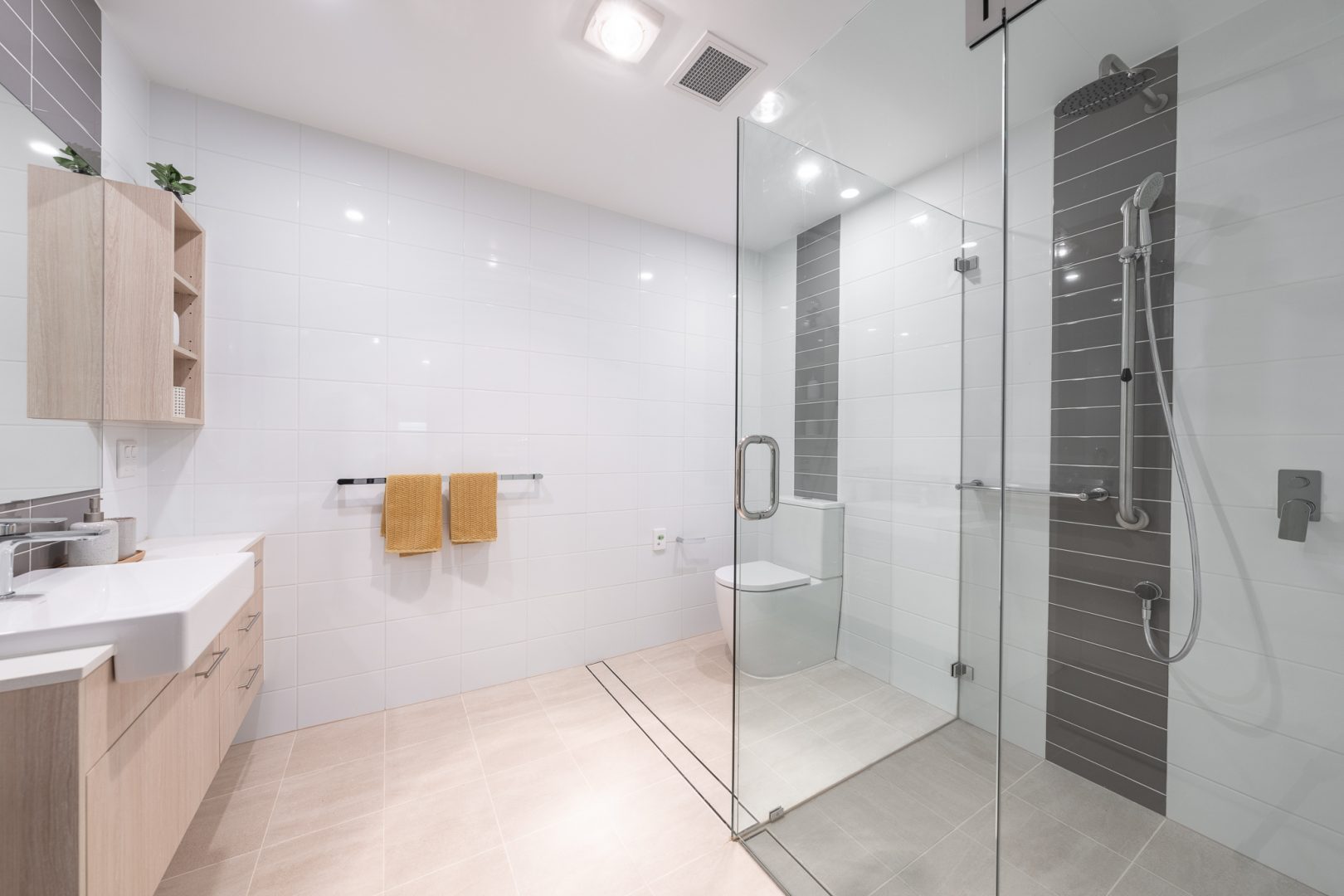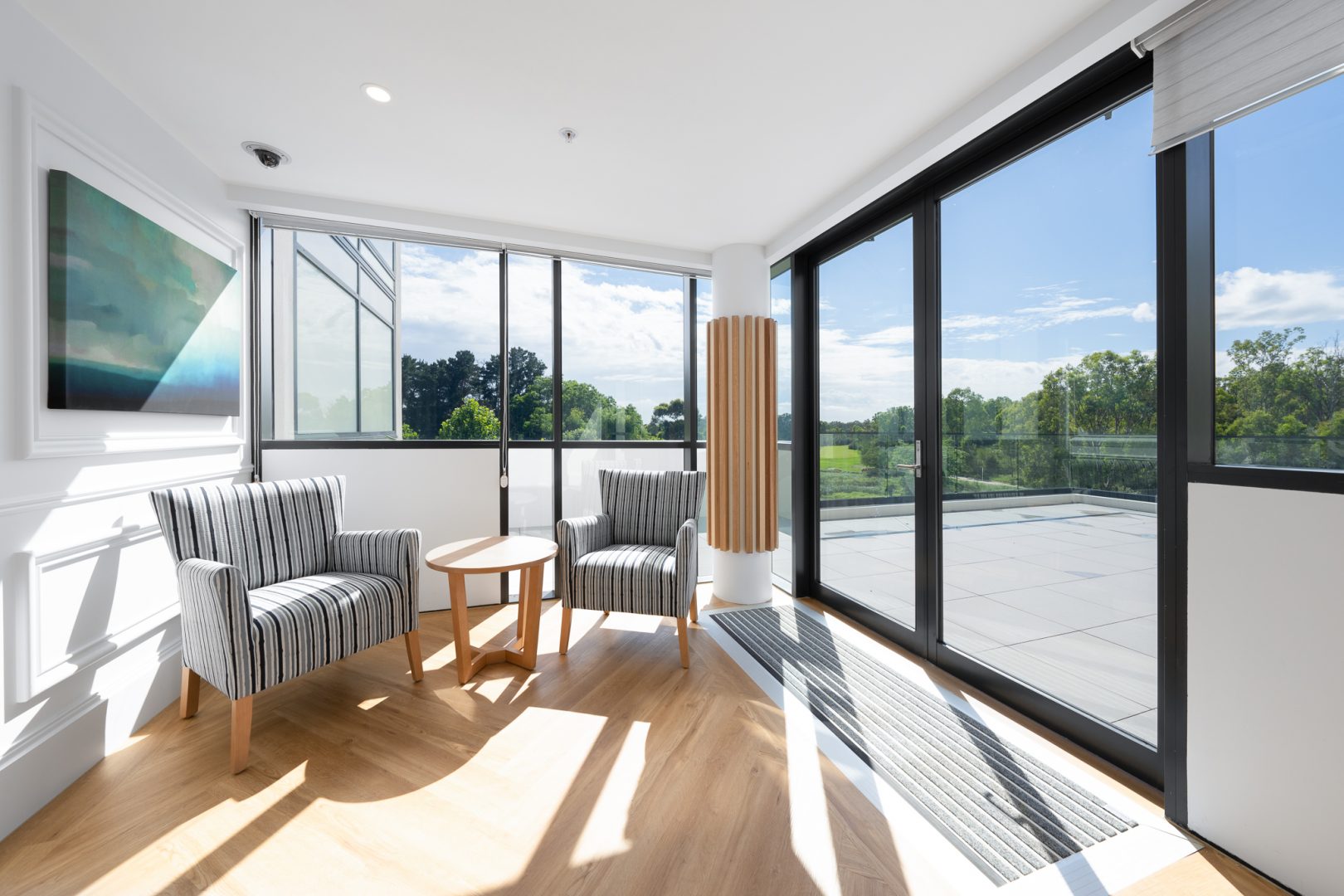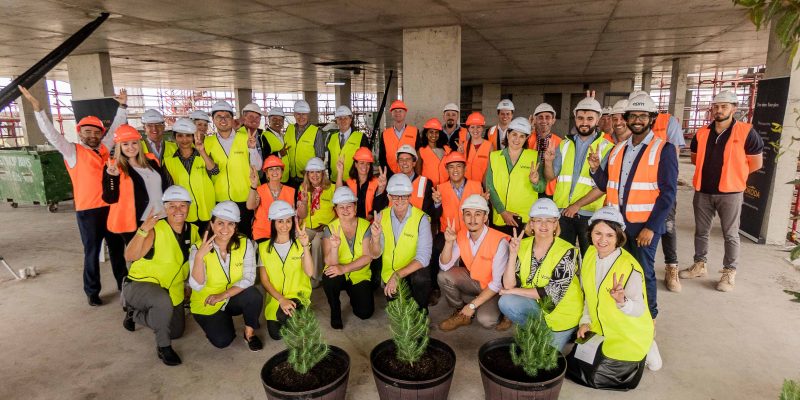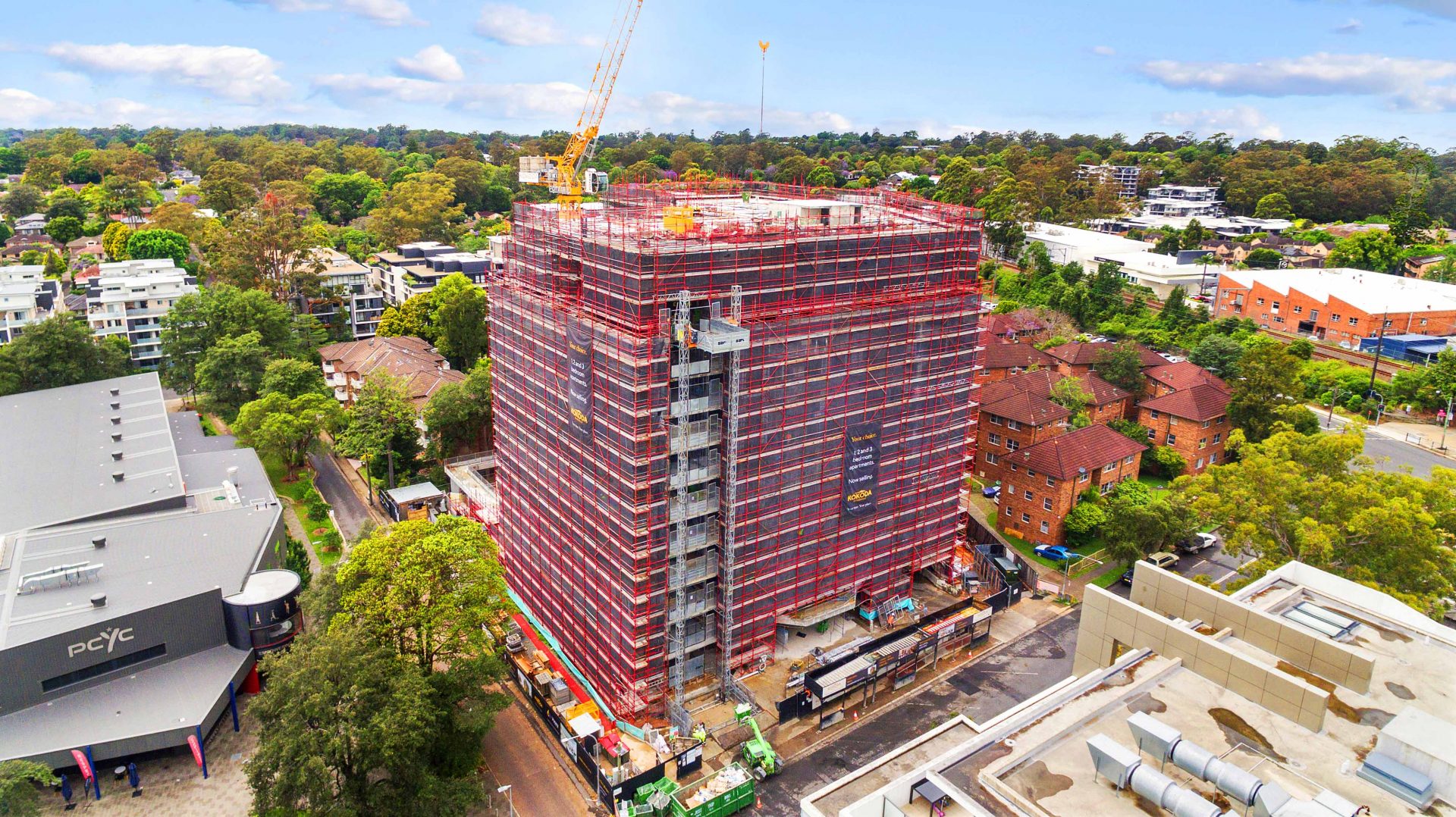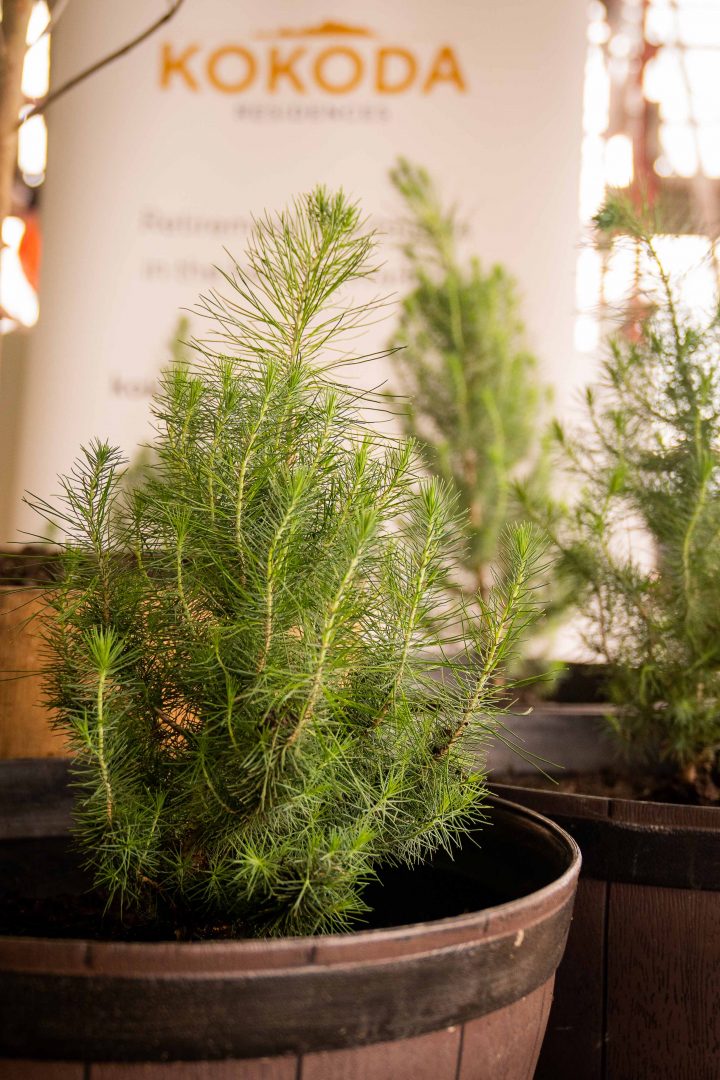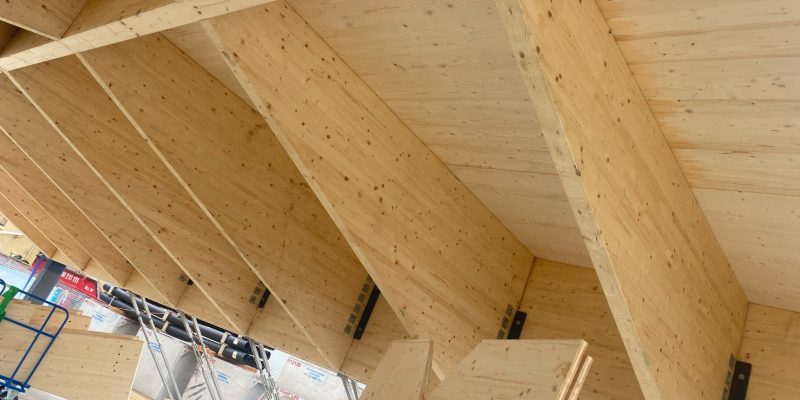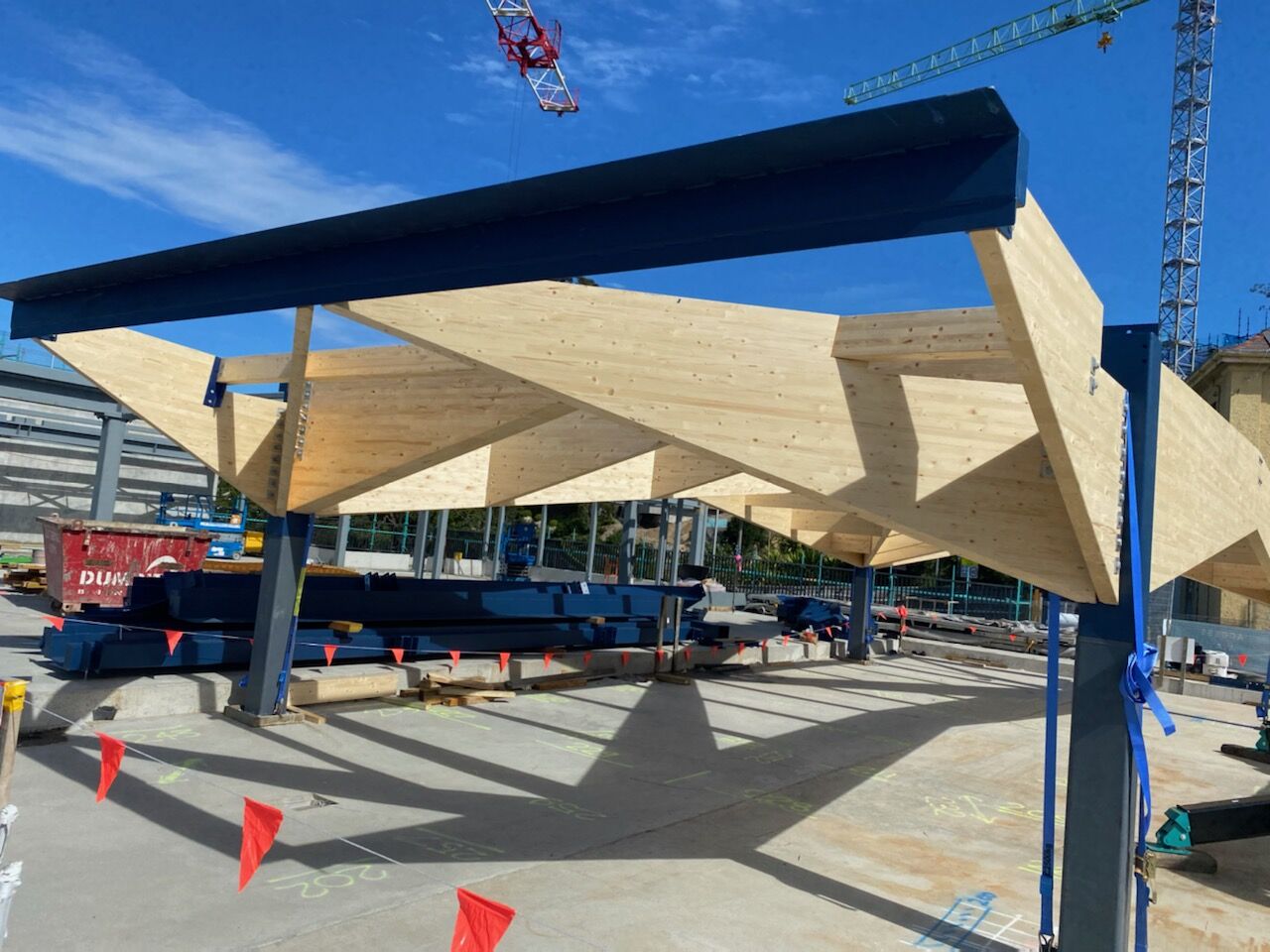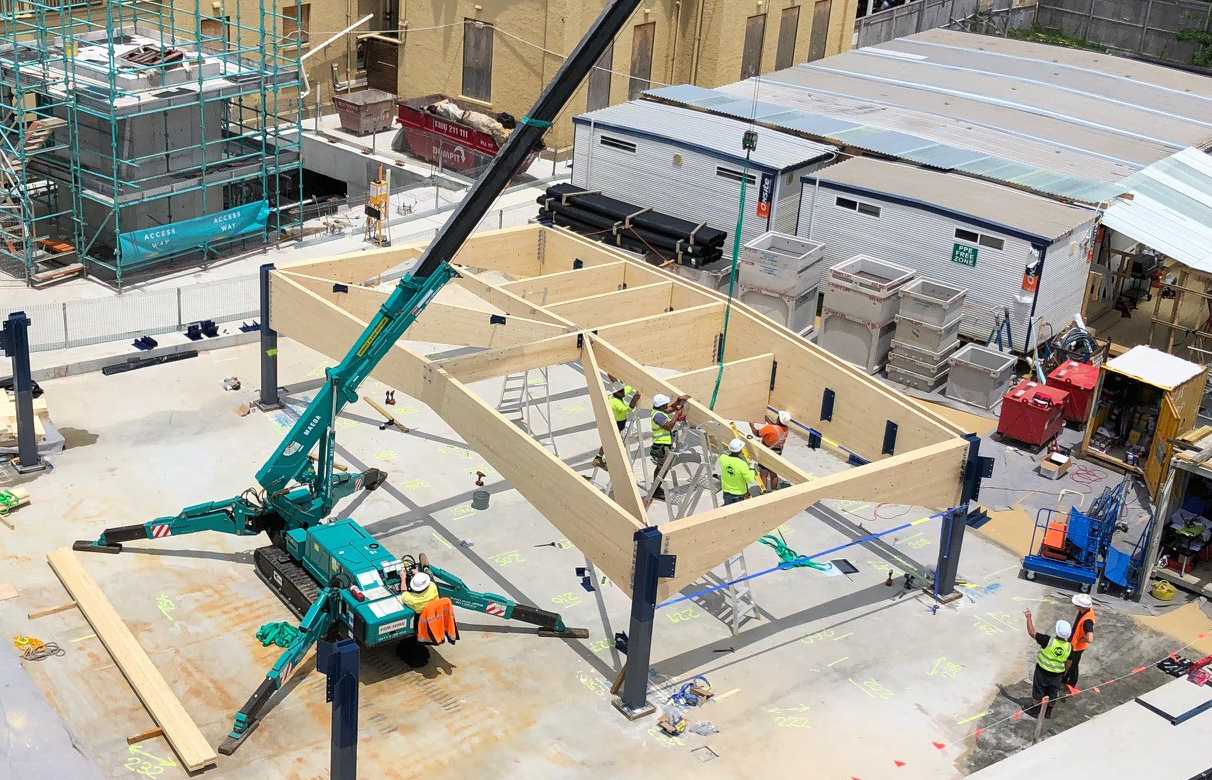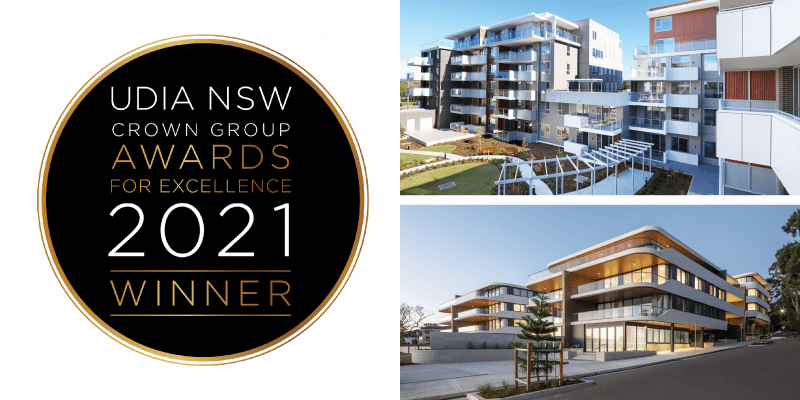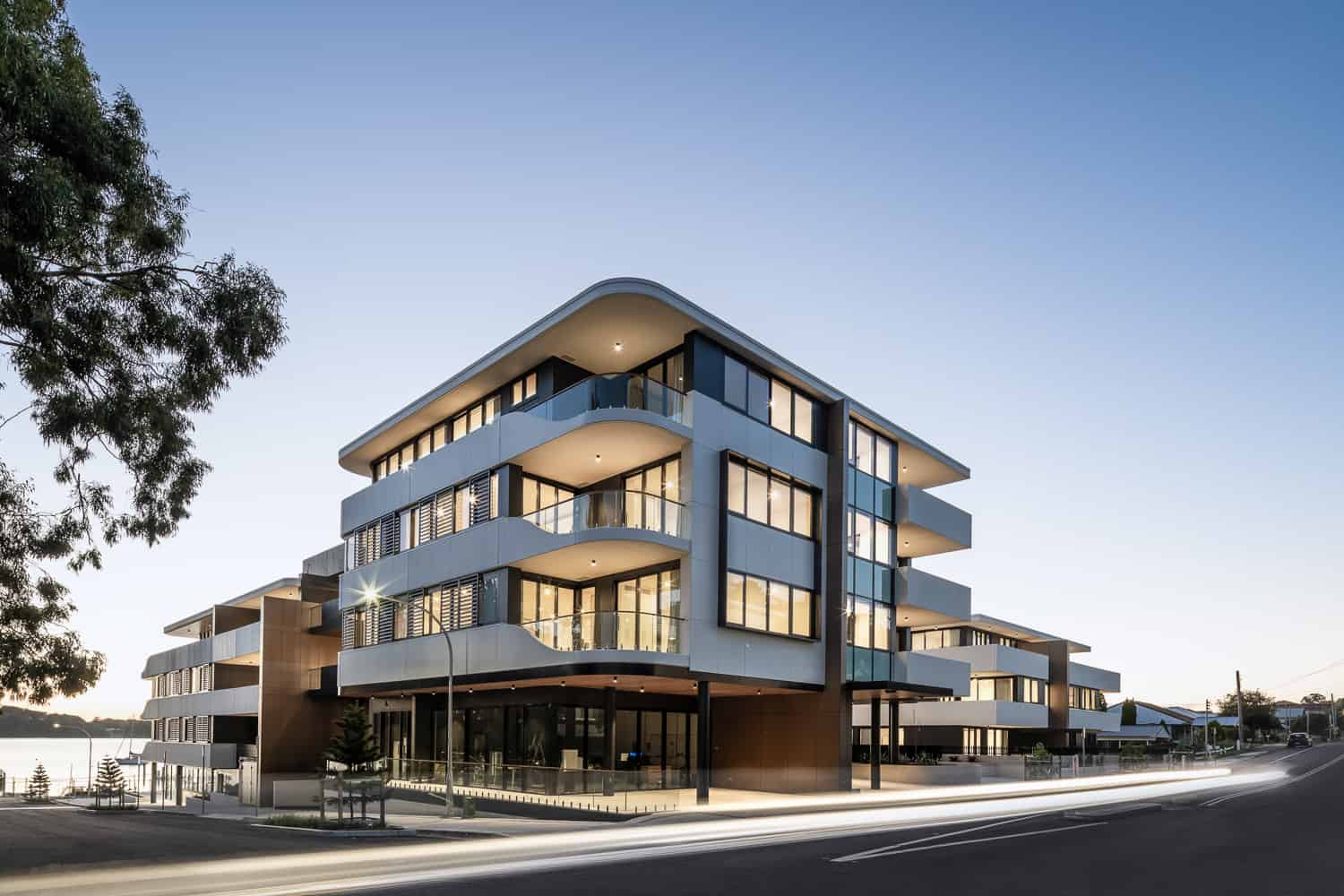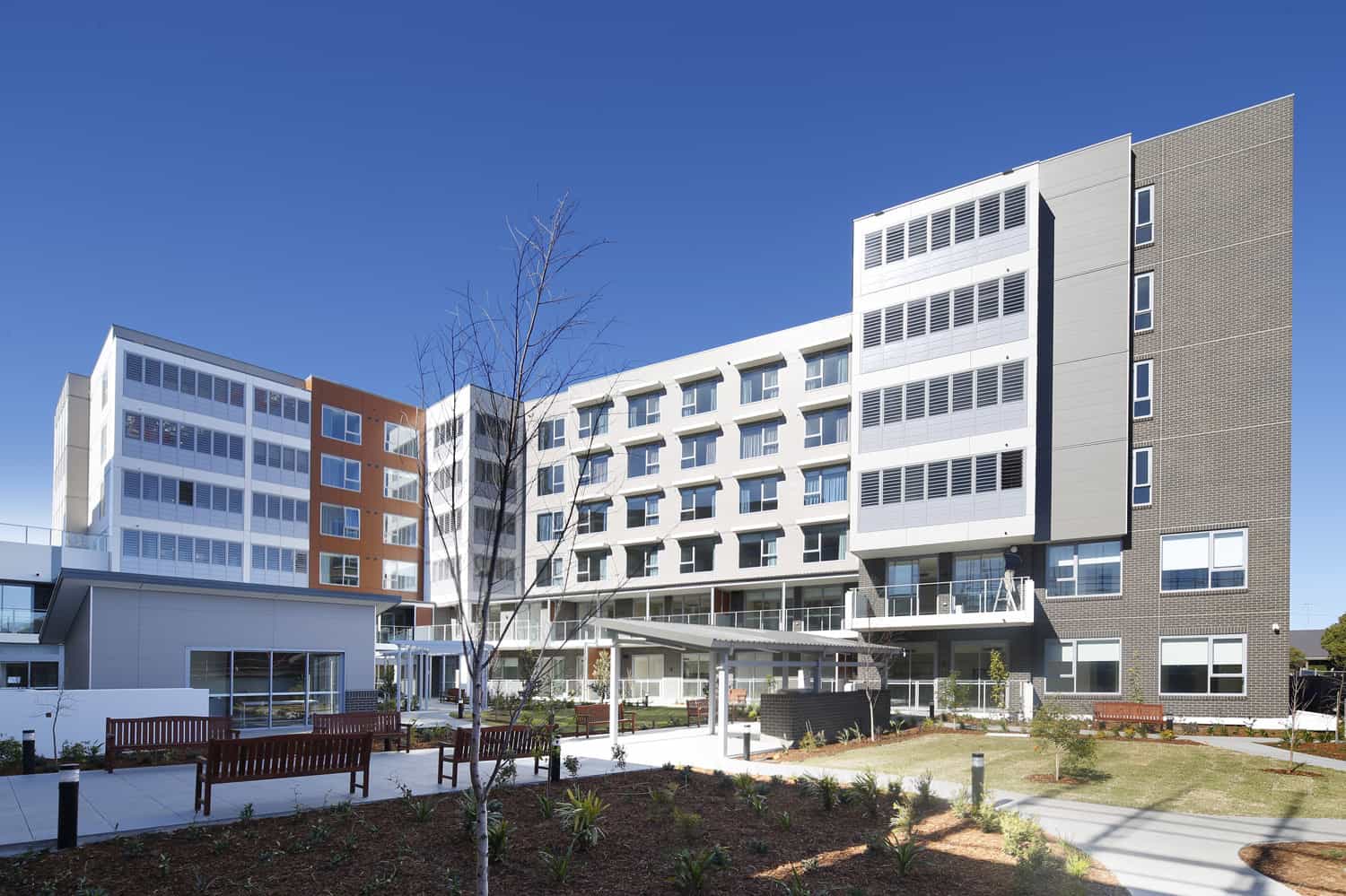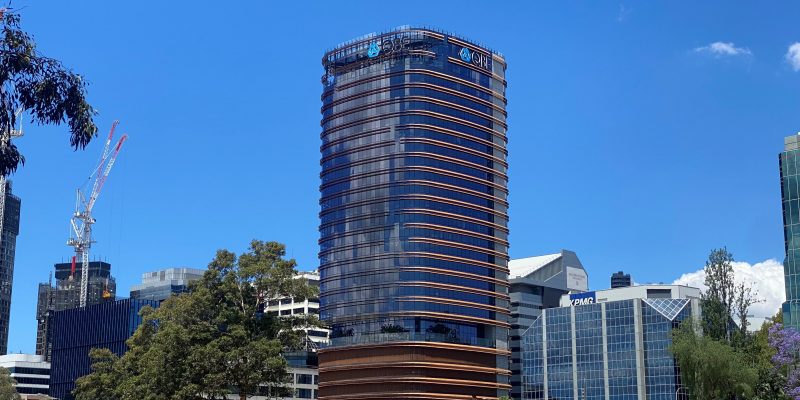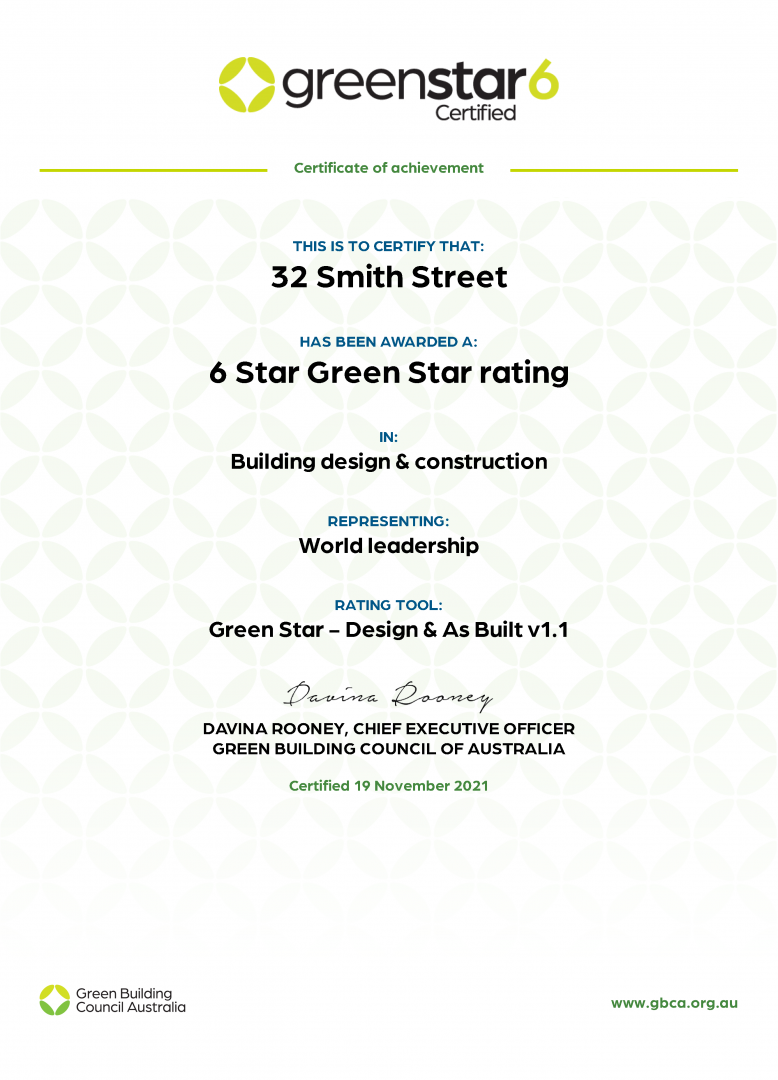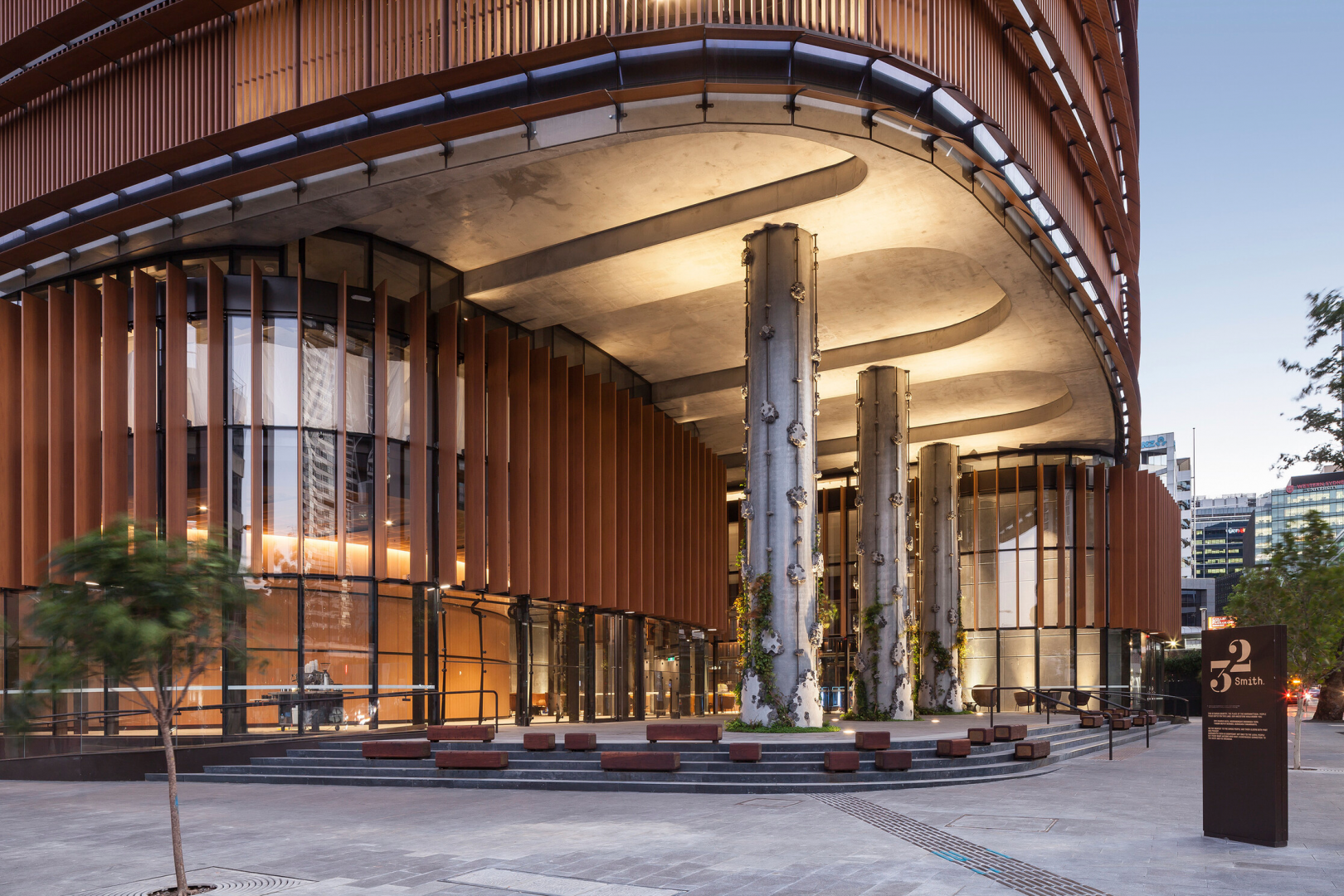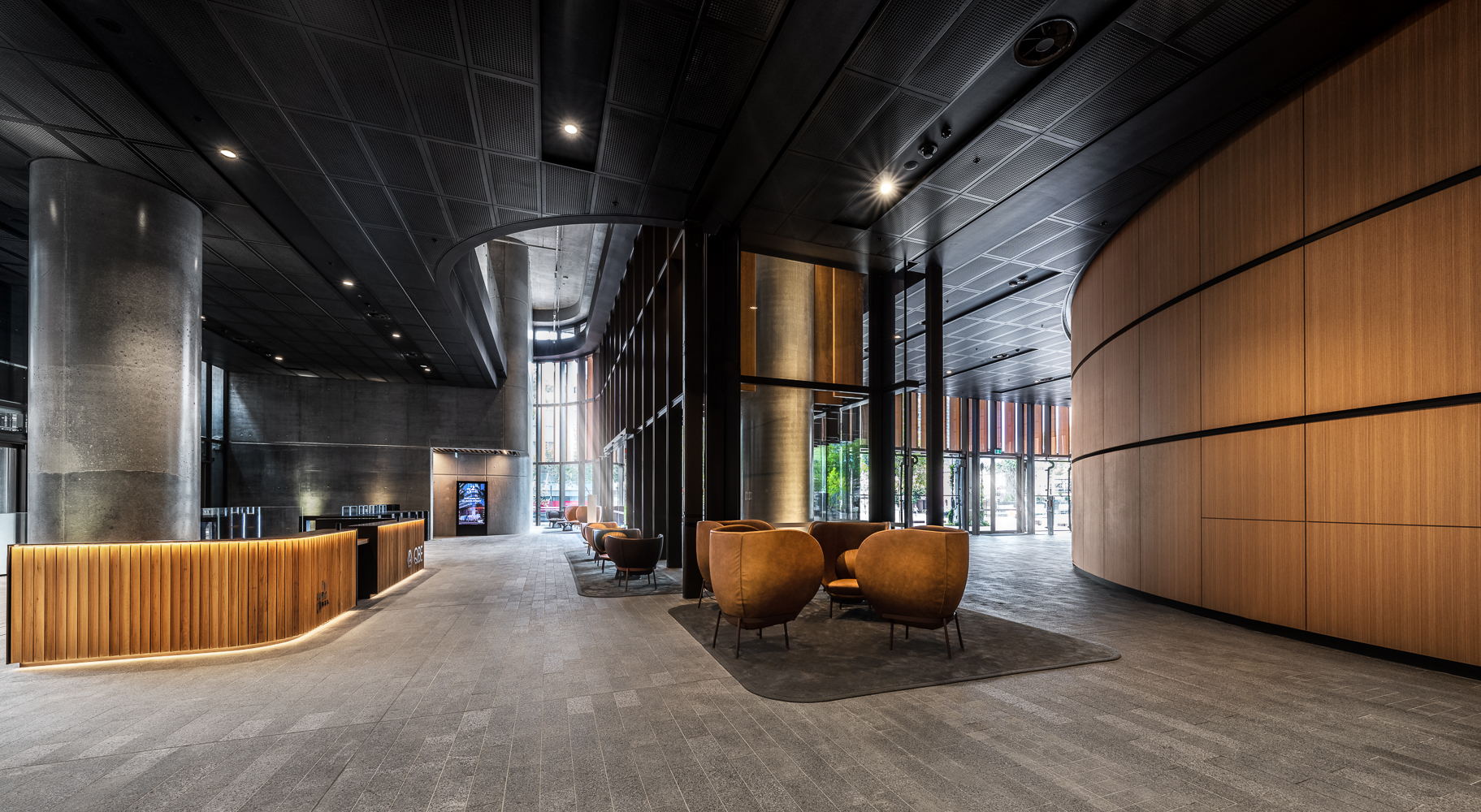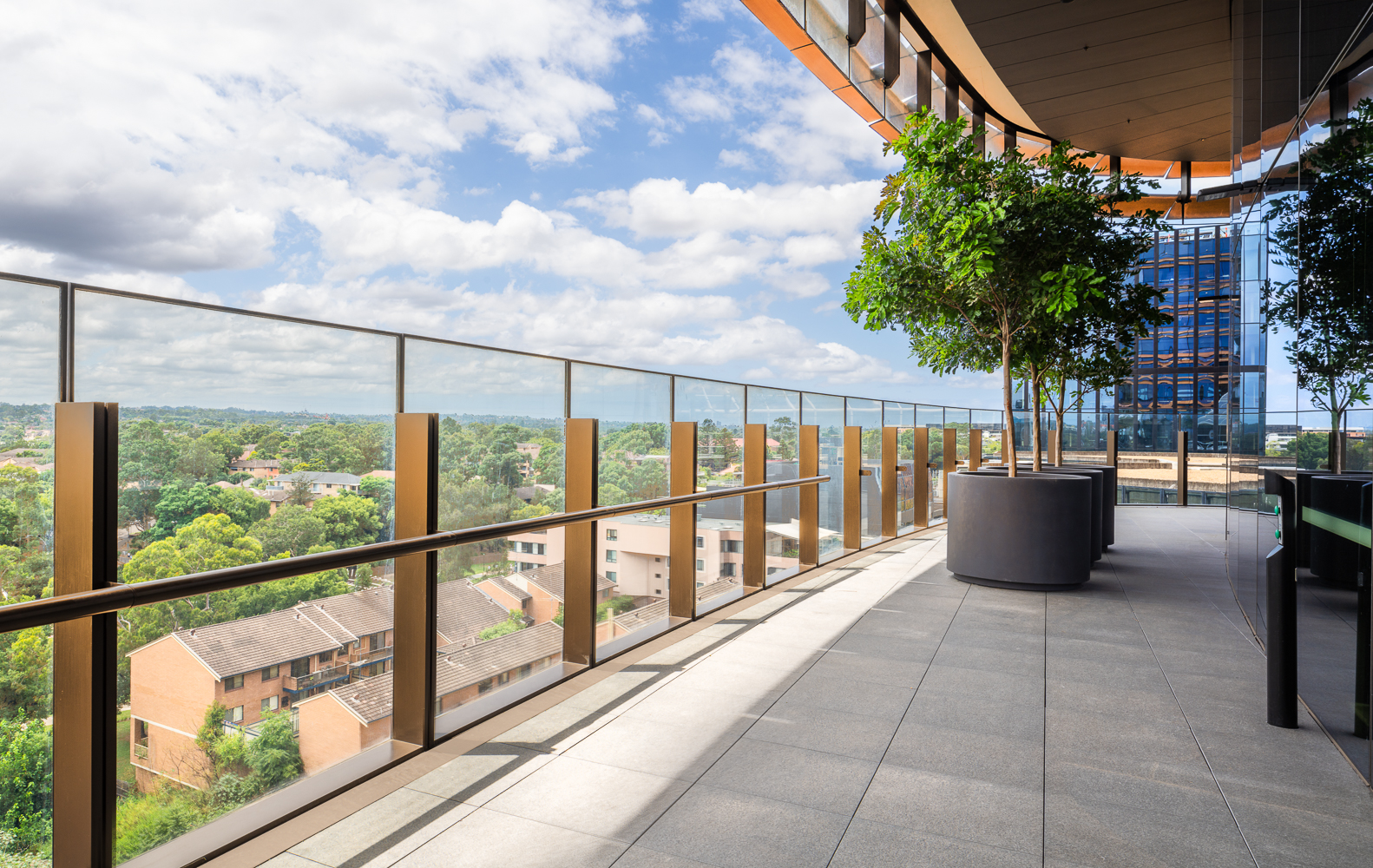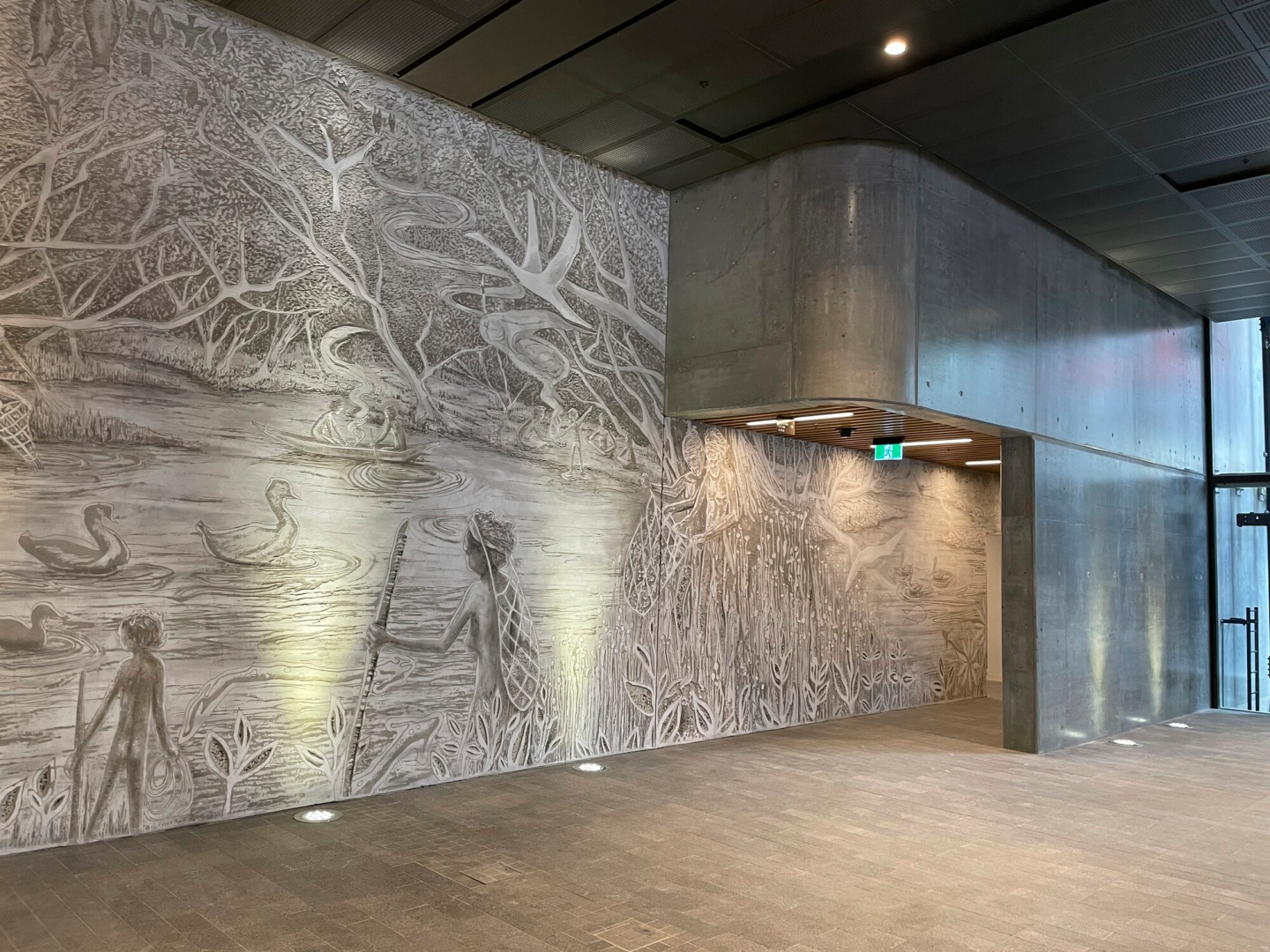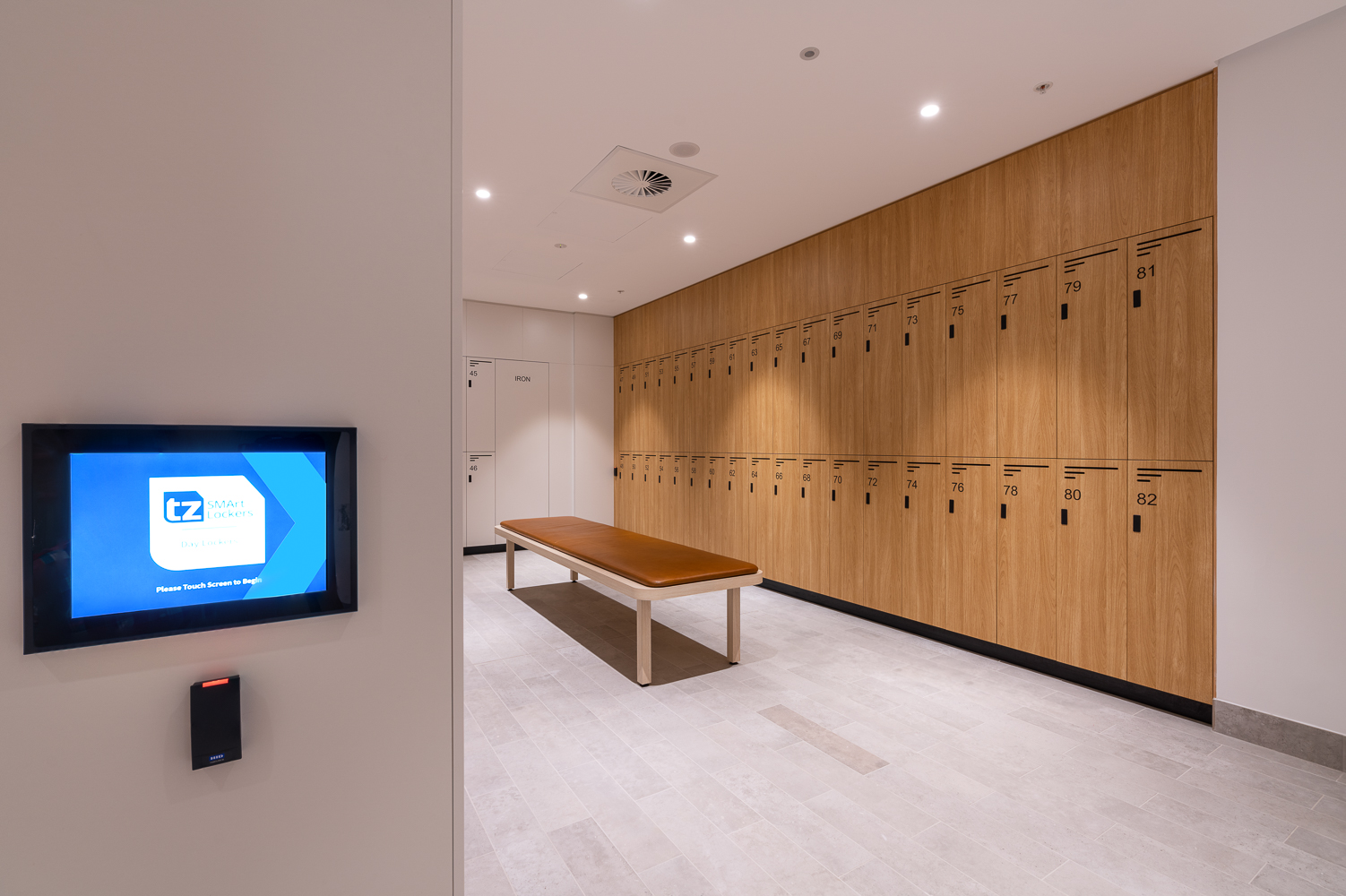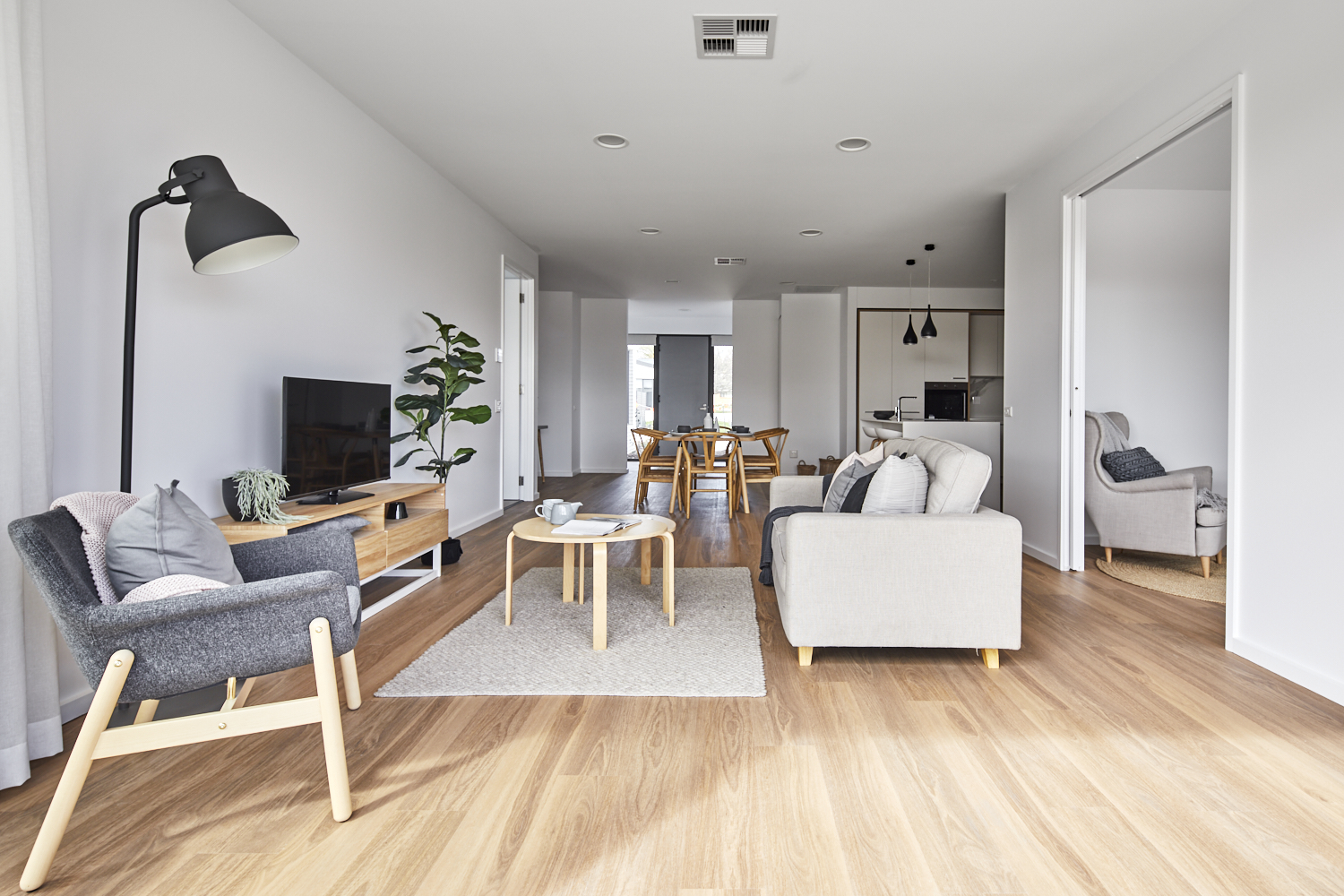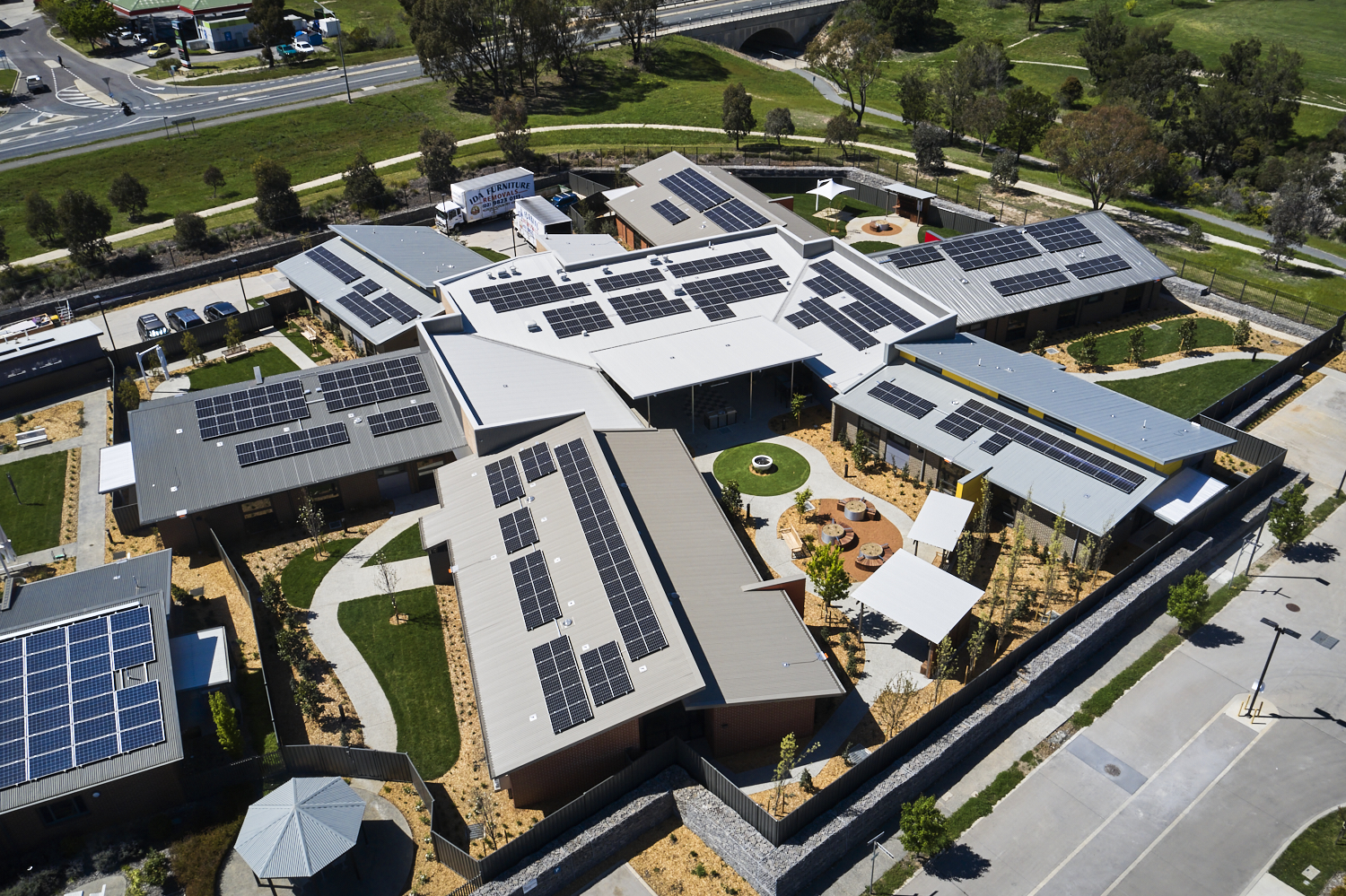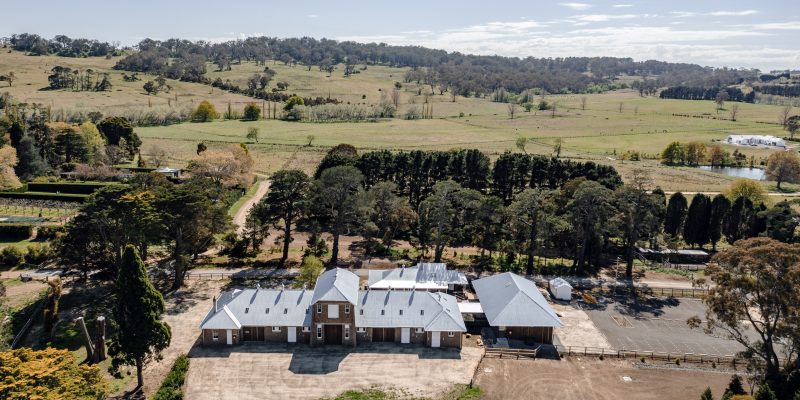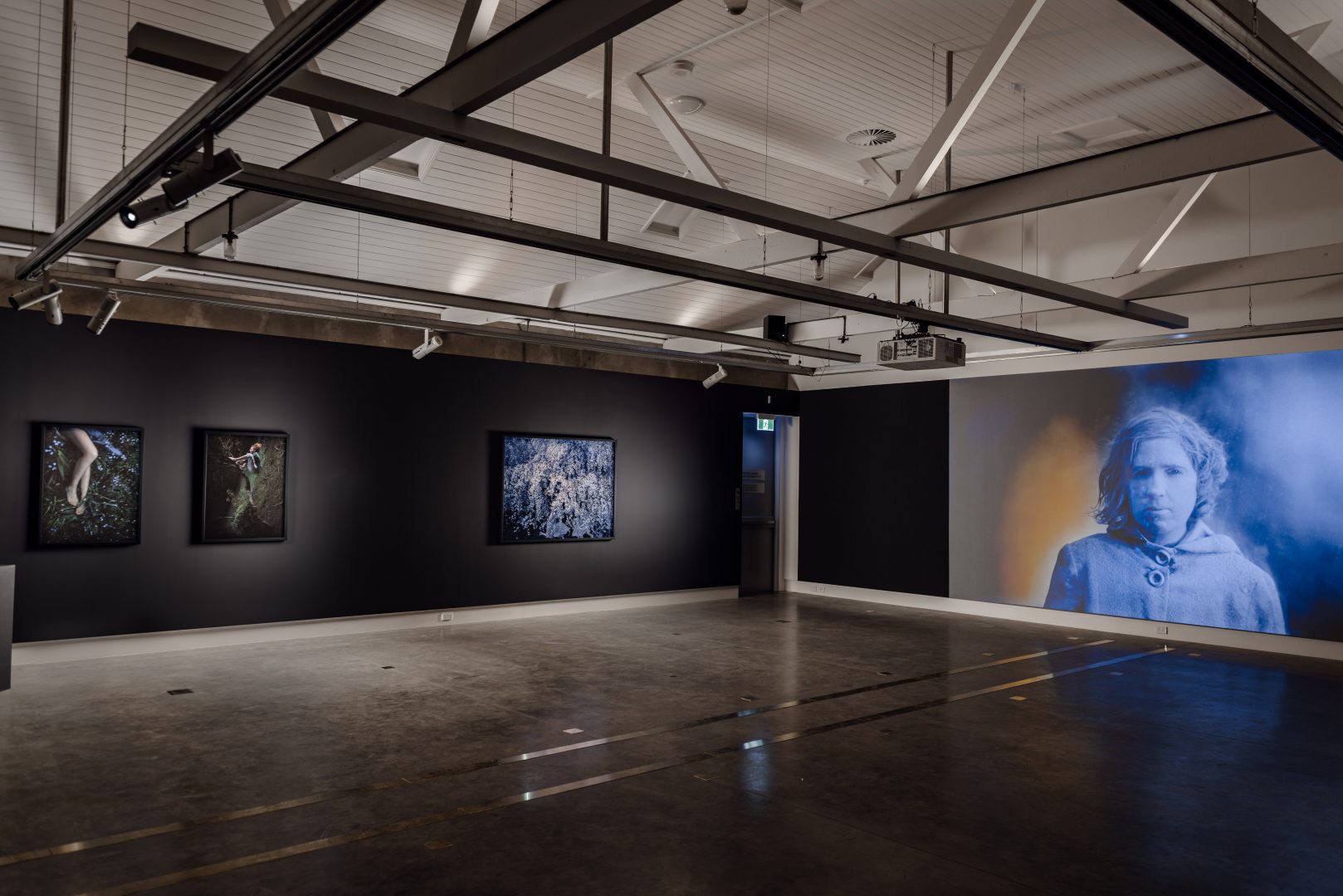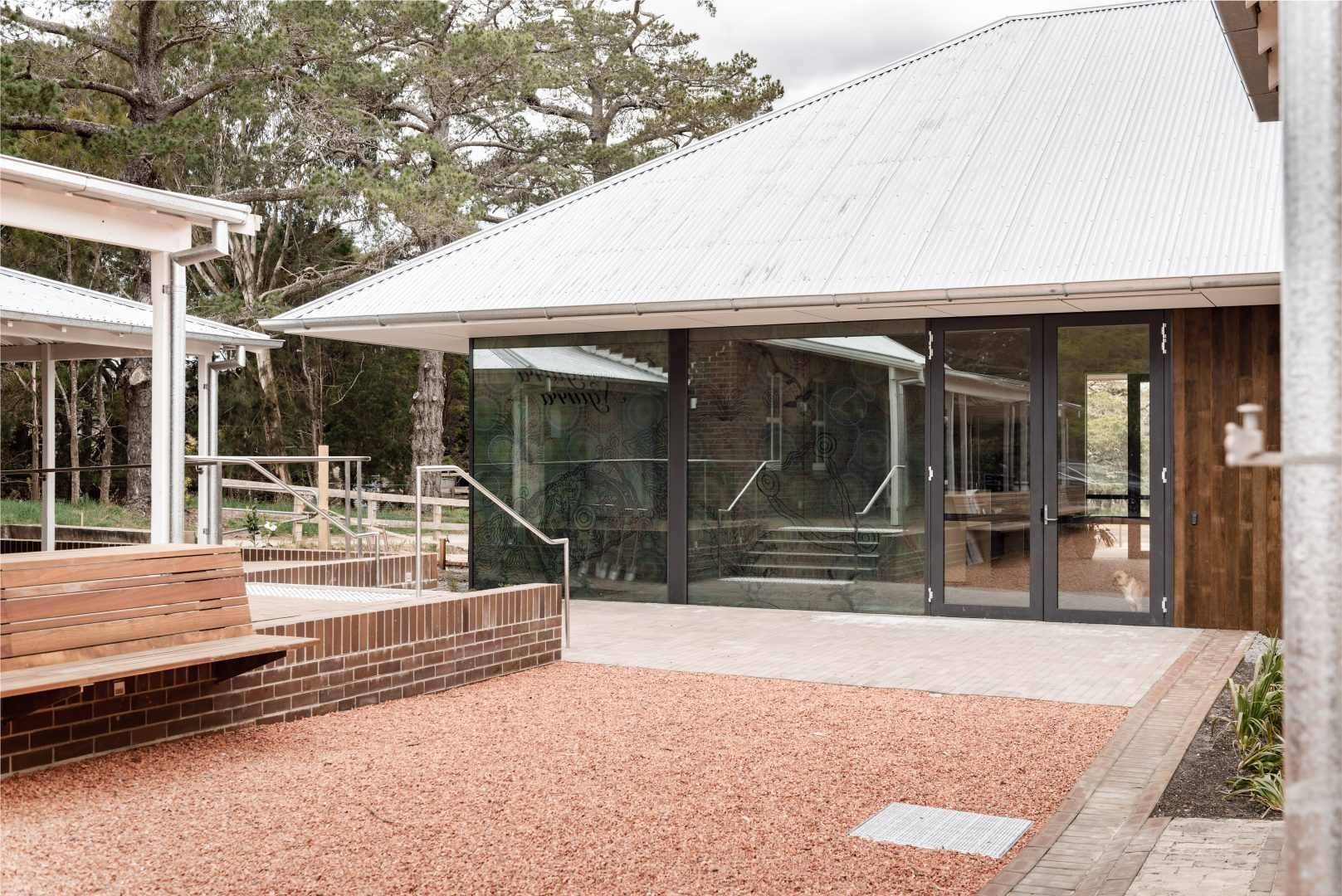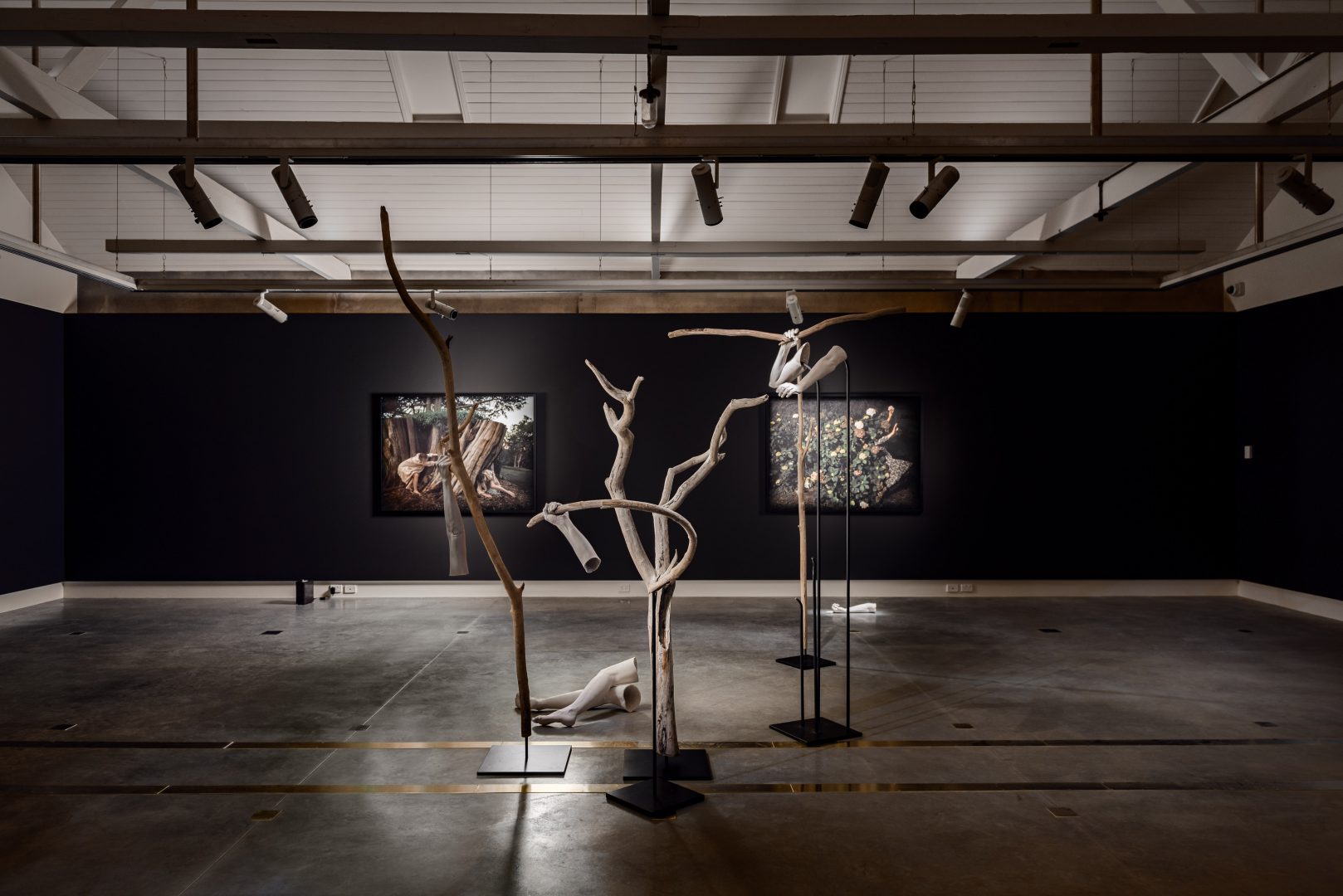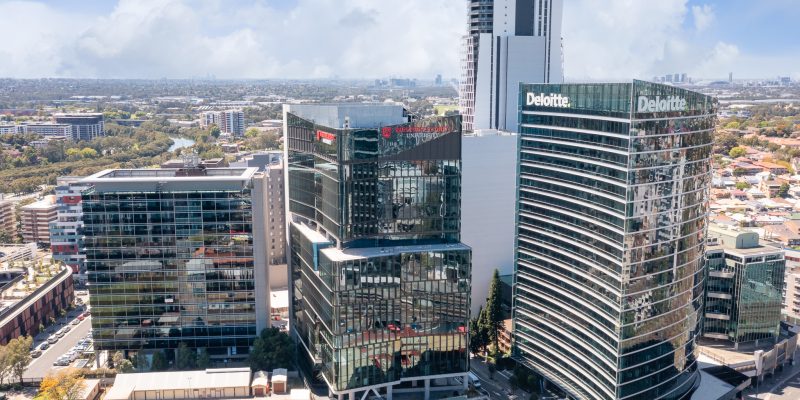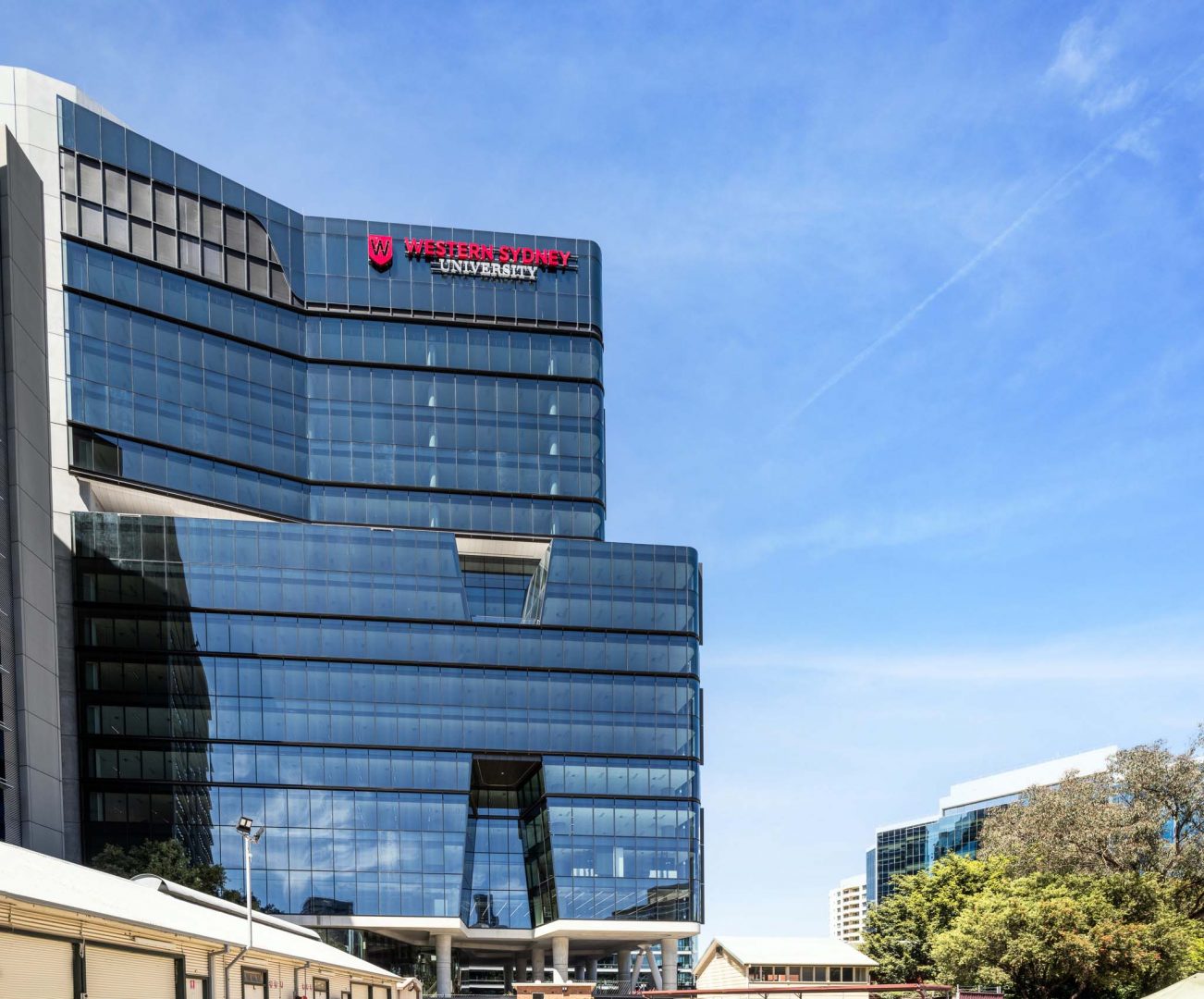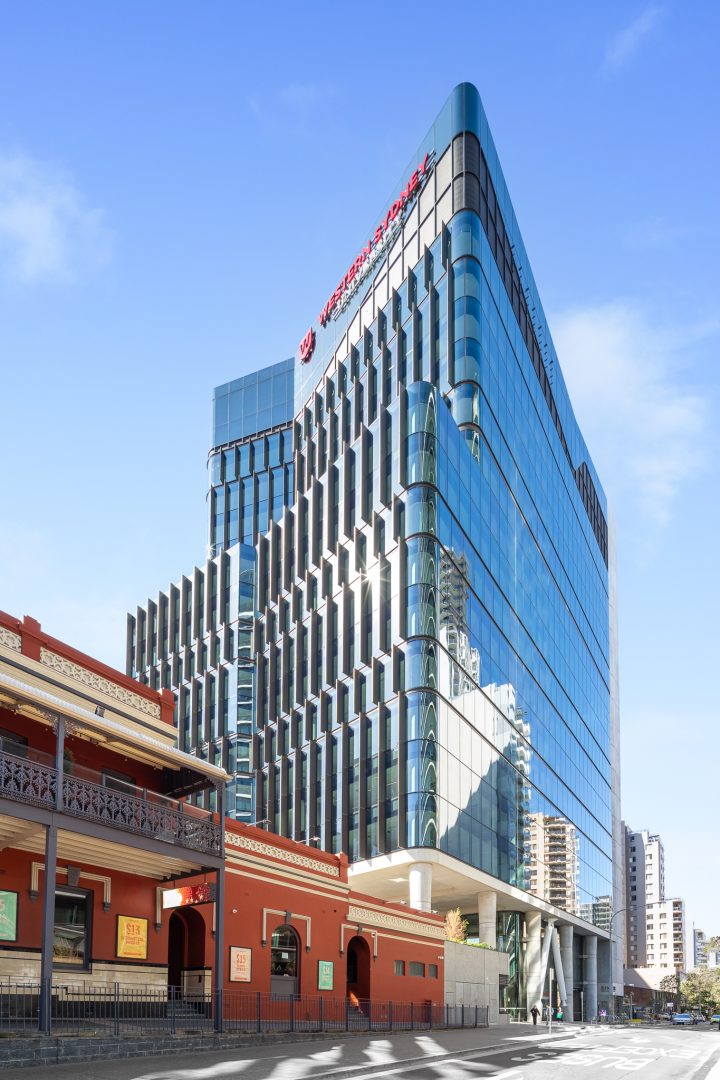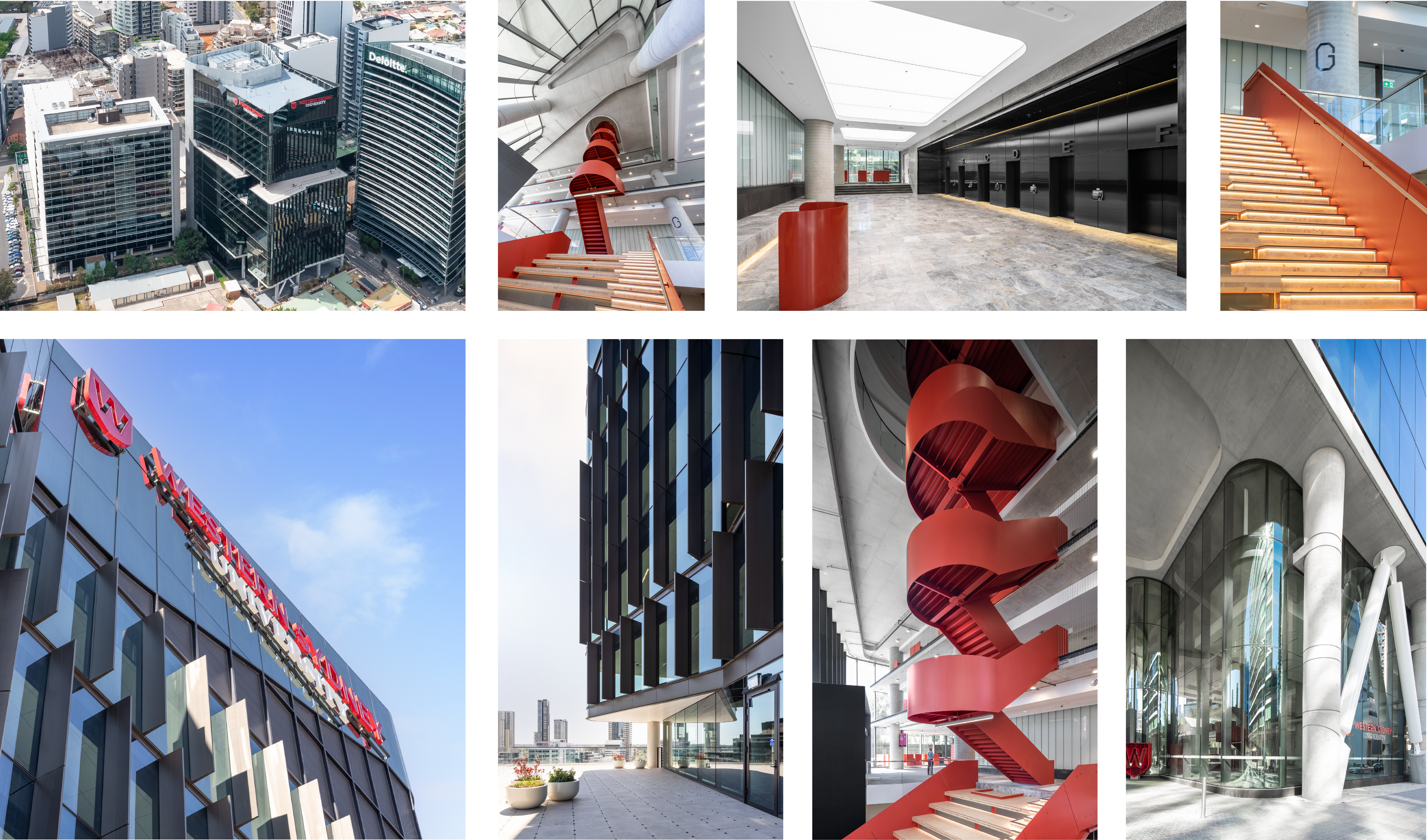Shining a light on the Starlight Children’s Foundation
At RCC, we feel privileged to do what we love – especially for incredible causes like the Starlight Children’s Foundation. Our recent refurbishment of the Starlight Express Room at John Hunter Hospital in Newcastle transformed this vibrant community recreational area for brave children and their families.
Uniting with talented industry partners at cost price, our aim was to enhance the experiences of children, families and the Starlight team with a collaborative, modern environment.
Starlight staff and families now enjoy abundant natural light from new windows, plus updated interiors, a new kitchen, recording & broadcasting studio, entertainment stations including video games and arts & crafts, and a stage for performers and movie screenings.
The Starlight Express Room is situated off a main corridor leading into the Children’s Ward at John Hunter Hospital. Complying with hospital infection control requirements during construction in the live hospital environment, our team also maintained clear and unobstructed access to the Children’s Ward and implemented strict procedures around waste and dust control.
Thank you to all the generous and talented local contractors and consultants who we proudly worked with to deliver this rewarding project.
- Acoustic Logic Consultancy
- Amicus Constructions
- AWS Property Maintenance
- Chapman Upholstery
- Chubb Fire & Security
- Clean Valley
- CSS Fabrication
- Euroform Industries
- FG Painting & Decorating Pty
- First Light Photography
- H L Mullane & Son
- Harvey Norman Commercial
- HJD Industries P/L T/A Jaybro Civil and Safety Products
- International Solutions P/L t/a Jag Floors
- JAG Floors
- Mullane Maintenance
- Novocastrian Demolition Services
- Opalescent Group
- Pro Electrical Services
- Rayfield Constructions
- Reece Onsite
- Regional Maintenance
- Sebastian Amodeo
- Star Electrical Co
- TTF Pugh Family Tst t/a Pro Stainless
- Warringah Plastics
- Woven Image
